

Fun Science for 5-6 Year Olds
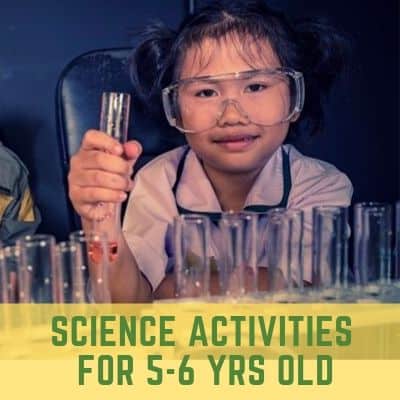
You can find them here and we would want you to make this page favorite to check out and help your kid understand science. The best thing you could do is, quickly subscribe to our page and we will send you all activities at once it gets uploaded.🙂
Fun Science Activities for 5 & 6 Year Olds
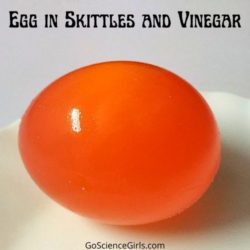
Egg in Skittles and Vinegar Experiment: What Happens When You Put Egg in Skittles?

How to Use Iron Filings to See Magnetic Field
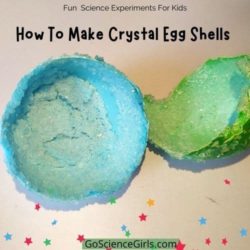
How to Make Crystal Egg Shells
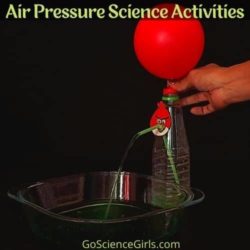
How to do an Air Pressure on Water Experiment for Kids
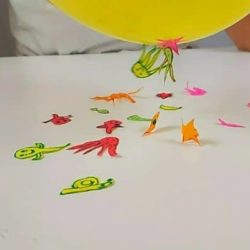
Dancing Ghosts : Halloween Balloon Static Electricity Activity
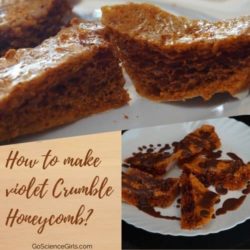
How to Make Violet Crumble / Honey Comb (Edible Science for Kids)
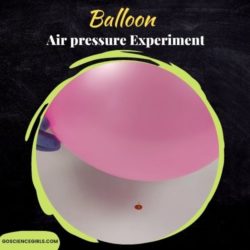
Balloon and Pin Experiment (Air Pressure Experiment for Kids)
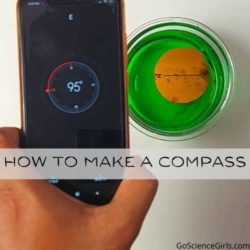
How to Make DIY Magnetic Compass
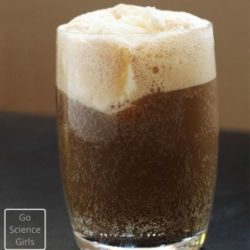
Root Beer Floats – Explore States of Matter
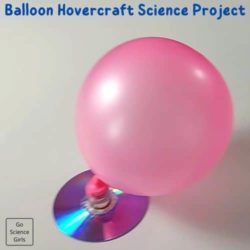
How To Make a Balloon Hovercraft
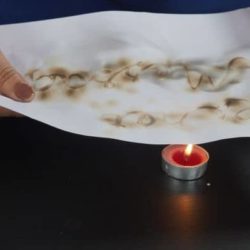
Invisible Ink Experiment (With Lemon Juice & Salt Solution)
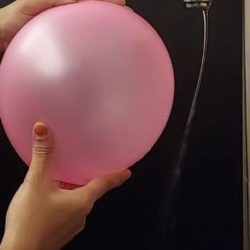
Why does Water Bend with Static Electricity (Worksheets Included)
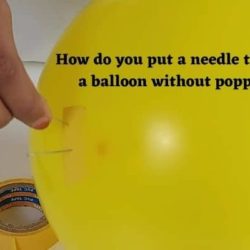
How do you put a Needle Through a Balloon Without Popping
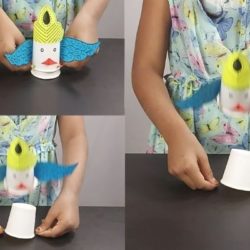
Amazing Paper Cup Rocket Craft : Jumping Bird DIY
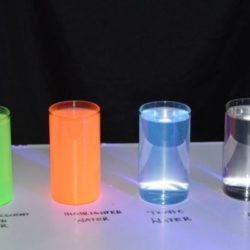
How to Make Glowing Water : Science Experiment
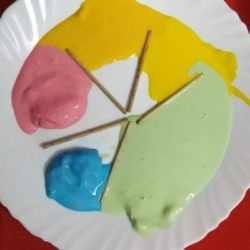
How to Make Oobleck (A Perfect Non Newtonian Fluid)
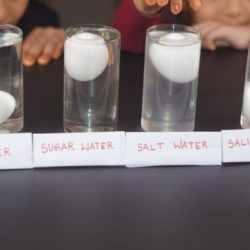
Floating Egg Science Experiment ( Using Salt, Sugar & Saline Water)
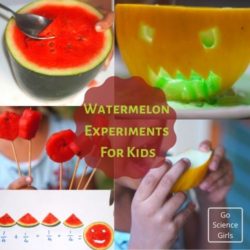
Cool Watermelon Science Experiments for Kids

Tornado in a Bottle : Best Weather Science Activity
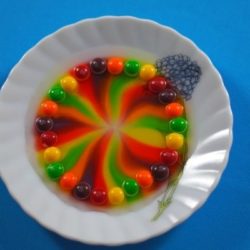
Skittles Rainbow : Dissolving Dye Science Project
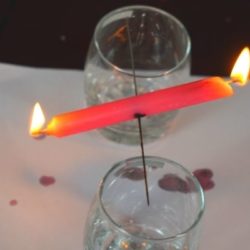
How to Make a Candle Seesaw? Balancing Act Experiment
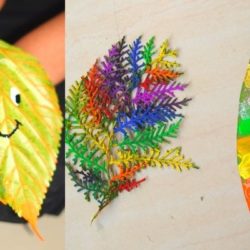
Exploring Veins Patterns in Leaves – Kids Painting Activity

Burning Candle Rising Water Experiment
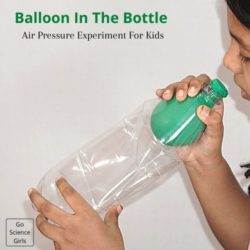
Balloon in a Bottle : Air Pressure Experiment
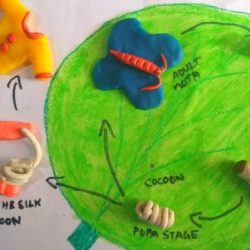
Life Cycle of Silkworm : 3D Model for Science Fair Project
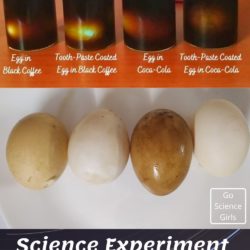
Egg and Toothpaste Experiment (Learn Importance of Brushing Your Teeth)

How to Make a Square Bubble
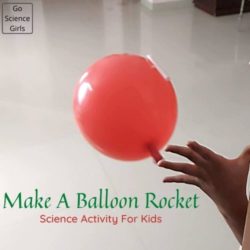
How to Build a Balloon Rocket (Balloon Rocket Race)
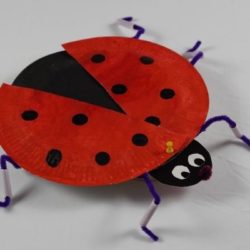
How to Make 3D Ladybug Model (Lifecycle Included)
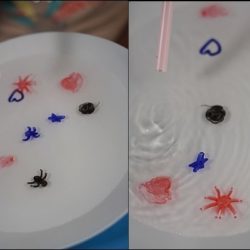
How to Draw on Water Using Dry Erase Markers (Dancing Drawings)
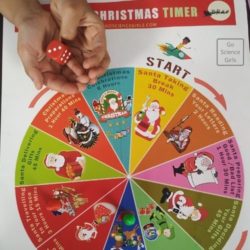
Santa’s Christmas Timer : Fun Board Game to Teach Time
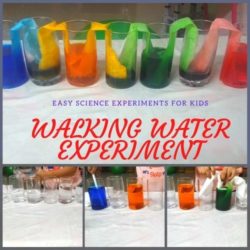
Walking Water Experiment – Teach Capillary Action to Kids

Walking on Eggs : Measure the Strength of Egg Shell
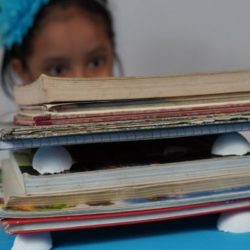
How Strong is an Egg Shell? Strength of Eggshell Bridge
Rainbow Rubber Egg Science Experiment
Easy Experiments to Introduce Magnetism to Kids
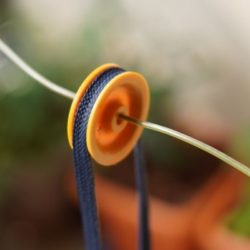
DIY Pully – Physics Fun Experiment for Kids
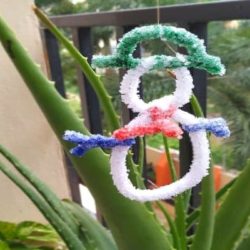
DIY Crystal Snowman : Christmas Tree Ornament
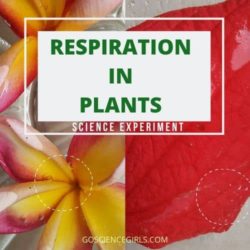
Respiration in Plants – Live Proof
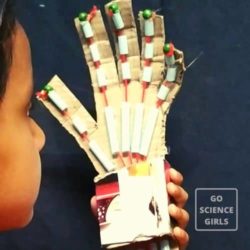
DIY Robotic Articulated Hand
Candle Under Glass Experiment
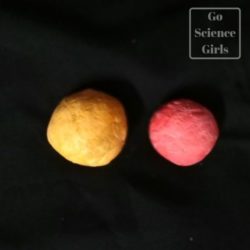
DIY Borax Bouncy Ball -Experiment
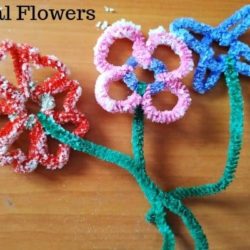
DIY Borax Crystal Flowers

Can You Make a Crystal Candy Cane? (Christmas Science Project)
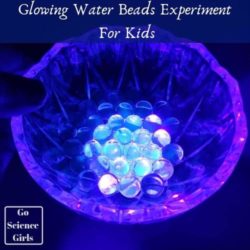
Glowing Water Beads Experiment for Kids
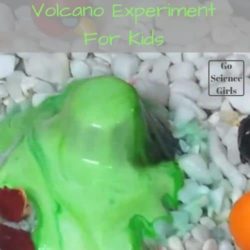
Easy Volcano Eruption Experiment for Kids (3 Methods & Beautiful Results)
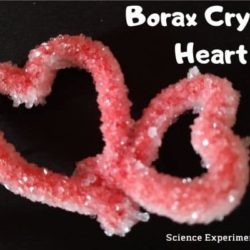
Interlocking Crystal Hearts : Grow Your Own Crystals

Sugar Glass : Edible Science for Kids

Questacon (Australia’s National Science and Technology Centre) – Place to Visit With Kids
DIY Amazing Crystal Snowflakes ( Science Project for Kids)
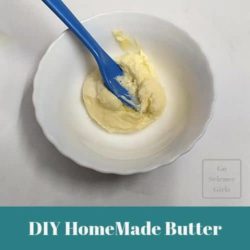
Science Behind Making Butter
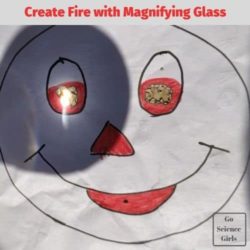
How to Start Fire with a Magnifying Glass?
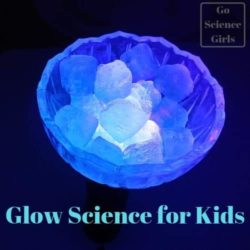
Glow in the Dark Ice Cubes – Sensory, Edible Science Activity
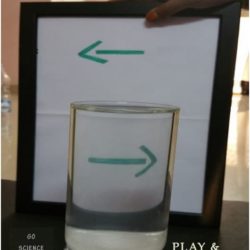
Refraction of Light : Play & Learn Activity for Kids
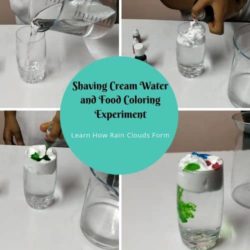
Density Science for Kids : Create Fireworks in Water & Oil
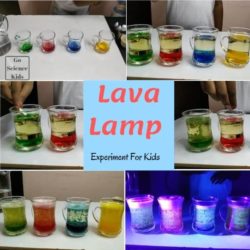
How to Make a Lava Lamp at Home
STEM Toys for Girls : 2019 Topmost Toys for Curious Girls
Engineering Toys for Girls : 2019 Ultimate List for Little Geniuses
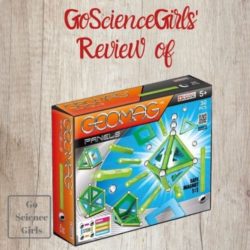
Geomag Panels – Review
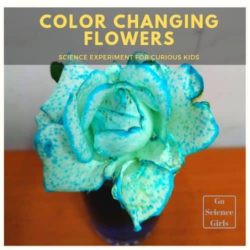
Why Do Flowers Change Color in Food Coloring – Experiment for Kids

Book Review : Ivy and Beak Break the Fossil Record
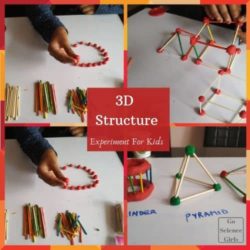
Build Your Own 3D Structure : STEM Challenge for Kids
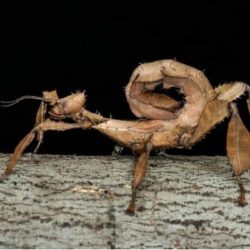
Spiny Leaf Phasmids : Secret Life of Pets (DIY Enclosure Steps!)
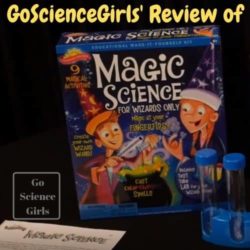
Review: Magic Science for Wizards Only Science Kit
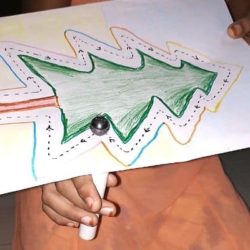
DIY Christmas Tree Magnet Maze (Fun Science Game)
Book Review of Ada Twist, Scientist

Wildlife Habitat Port Douglas : Nature Learning for Kids
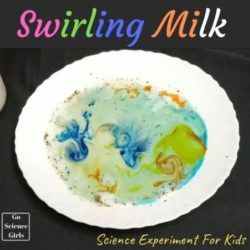
Swirling Milk Experiment (Magic Milk Activity)
DIY Christmas Tree Bubble Wand {Learn bubble physics}
Catapult STEM Project – DIY Catapult for Kids
Coloring Activity – Girl as a Scientist
Make Mushroom Monkeys : Spore Science Craft
Sea Life Sydney Aquarium – Perfect Excursion for Kids
Upcycled Catapult – STEM go green DIY Challenge
Spore Printing with Mushroom – Botany Lesson with Fungi
How to make Curds and Whey
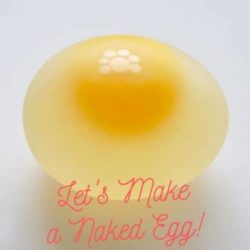
Naked Egg (Dissolving Egg Shell) Experiment
How to Make Heart Shaped Bubble Wand
Easter Egg Bubble Wands
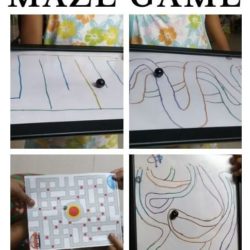
Magnet Maze Game Designing Activity – Learn Science and Art
Book Review of Sticker Dolly Dressing Dream Jobs (Usborne Activities book}
DIY Fridge Door Marble Run Using Magnets
Comparing Different Seeds – An Activity About Nature Science
11 Experiments That Failed Book Review
Delightfully Fizzy Sherbet
Want even more science fun?
At this moment if you are looking for more activities, then read below. I have collected some for your 5 – 6-year-old kids. Try this on weekends or holidays. They are easy at the same time knowledgeable.
- Friction and inertia the coin way – It’s the beginning to teach the fundamentals of science and you can quickly help students understand friction and inertia. All you need is coins, dinner knife, and a table. See how and when coin topples and learn Newton’s first law. For more details Steve Spangler Science .
- The connection between color and taste – Have you ever thought about this? Does food colors have a taste? Then why does juice made from the same fruit but added different food color taste different? Lets us find this out with fruit juice, and three different food colors using the experiment described in the link given below. For more details Science Buddies .
- Ice as a magnifying glass – It is now possible to make a magnifying glass just out of ice cubes. All you need is to freeze water and make it ice. Teach refraction and magnification through this experiment. Get ready with things to be witnessed as magnified with your new magnifying glass. For more details Schooling a monkey .
- Color changing slimes . Yes, in a thermochromic way and you can imagine how much excitement it will add to your kid. Every kid loves to play with slime and in fact, they are crazy about it. Source: Left Brain Craft Brain.
- Earthquake experiment – Two cloth strips and earth’s crust will allow you to teach children about the earthquake. Let kids know about the critical earthquakes with a simple experiment.For more details The owl teacher
- Life Over Cs has given the best way to let your kid explore density . Allow her to look for the items in the pantry to try this experiment. Layered potions they are.
- Water Clock – In the digital world, kids might not have heard about the water clock. But it is a clock similar to sundial which helped ancient people to know the time. This can be made at home with just 2 water bottles. Drill, timer, glue gun, straw, and a sharpie marker. Let them enjoy finding the time on their own looking at the flow of water from one bottle to another. For more details Teach beside me .
- Buggy and Buddy has presented this great craft idea in science allowing your 5 – 6-year-old to make chromatography butterflies getting separated with markers.
- Even more, is available on chromatography. You can check Kids Minds that have just not bought five exciting ways to work around with chromatography . The best part is the sprinkles one!
- Surface tension with a paper clip – Surface tension concept is very important in science and few kids find it confusing. So let us do this experiment. Use some paper clips and place them in a bowl of water and it will sink. Now, take them out and bend it to make them in shapes to show them floating in the water. Do you want to teach kids in the right way? Continue reading from the link below. For more details Raising lifelong learners .
- There’s Just One Mommy has changed the color of grape juice with simple chemistry . Now you can also try. Making parachutes with egg is now possible. So do not worry about remaining Easter eggs. This great experiment is posted by JDaniel4’s Mom.
- Slime and magnet – what is the connection – Teaching magnetism is a really difficult task for teachers. But you can show the magnet and practically explain to make kids understand better. Does liquid get attracted to a magnet? No, I am not joking this magnetic slime, does it? Glue and iron oxide powder are the two main ingredients for making this magic. For more details Frugal Fun4 boys
- Concept of light, symmetry, and reflection – Easy way to teach the main science concept light and reflection is with the help of kaleidoscope. It is fun to make one with kids and with inexpensive things each kid can have one. Just collect tissue roll empty, thick sheets, white cardstock, bending straw, scissors, and cutter. Let’s explore the way to make kaleidoscope in this section. For more details Buggy and Buddy .
- The Chaos and the Clutter had really made a great and simple fold mountain . This is really amazing and the foolproof way to demonstrate earth science for kids.
- JDaniel4’s Mom is back again with a great experiment to show how to control water flow ?
- Laughing Kids Learn has shown the easiest way of using science and now it is easy to blow balloons .
- For the art loving kids, Rhythms of Play have given an excellent opportunity. Yes, the experiment that explains about mediums and their resistance to watercolors . Also, the various effects are discussed.
- Solvent, solute – Solubility – Children must understand about solute and solvent to learn about solubility. Instead of orally explaining take these things to the class and make children witness solubility. The solvent is the liquid and solute is the material either a solid, liquid or a gas that will dissolve in a solvent. With markers, water, alcohol, and vinegar you can help children understand solubility. For more details Around the kampfire .
- Weight with paper chain – This experiment will teach kids about measuring liquids, weight management and how to make a strong paper chain. All you need is a bucket, measuring jar, and newspaper. Kids can experiment themselves. But you need to help them hold the bucket as it will become weight when water is added to it. For more details More than a worksheet .
- Now teach weather, storm with this simple experiment presented in the following sites. Preschool Powol Packets , Frogs and Fairies , Life Over Cs . Each one has their way of explaining and you must individually check them out.
- Look We Are Learning has demonstrated an easy experiment about heat conducting materials . Feel glad that you don’t need to spend a penny on these experiments as they are available at your home.
- It is now very easy to make clouds . Yes inside a glass or a jar. Wondering how? Follow the simple steps explained by There’s Just One Mommy and your done.
- Temperature and Thermometer – How does thermometer work? What is cold and hot? How to measure them? These questions can be answered easily with this experiment. Ask kids to place their hand into a bucket containing cold water. Not bare hand but with a ziplock. Likewise, let them try with gloves, etc and explain the changes they feel. For more details Third Grade Thinkers .
- Jelly experiments are fun always they are generally called as Jello in Canada and America. The Chaos and the Clutter have made this exciting idea and you can follow too.
- Light and refraction experiment at home with kids is a great way to teach them science. Don’t look for things outside your bag. Look, We’re Learning! Has taught this trick.
- How to bulb plants grow . Watch this Buggy and Buddy experiment. Enjoy witnessing the roots and the entire plant growth.
- Force and motion – Push and pull is all about motion and force. Let kids have fun with this marshmallow shooter and learn about force. Need a paper cup, balloon, and that’s all the experiment can start in a few minutes. For making marshmallow shooters click the link given below. For more details The teky teacher .
- Designing a floating Lego boat within no time has been made possible by JDaniel4’s Mom. Then you can also do it and also understand the duration it can float, its weight holding capacity, etc.
- This is a monster experiment and it inflates on its own. Sounds interesting? Check this Artsy Momma’s idea and rock this years Halloween party.
- The hot chocolate idea for this winter. Creative Family Fun has presented this food science and you can test variables as well as record results.
- Stop motion movie – You can now make your kid’s movie makers. Yes, believe it is possible with this stop motion movie making concept. This little is doing the same from scratch. You can follow that and educate your kids to try. It is not a one day work off course making a movie is not possible in just one day. So you can start today and train them as project work. For more details, Happiness is here .
- Find the density of all vegetables and fruits by following KC Edventures healthy experiment.
- NutureStore encourages kids to make rain gauge at home. It challenges that you can cross check the reading with the weather report.
- Using marshmallows now Artsy Momma and her toddler team has made constellation lesson easy by making some crafts.
- Balloon Rocket – This experiment will teach about how shape and size influence speed. Simply a thread, drinking straw, balloons of different shape and size must be used to construct this experiment. This can be made in no time and experimented indoor or outdoor. Let kids have all fun but learn about speed in lightning speed. For more details Kiwico .
- Mess for Less has posted an experiment where you need not mess with ice but pick them with string . Astonishing? Find out how and do them without fail.
- Every color disappears with Mess for Less bleach experiment. Beware go with old clothing to do this magical experiment.
- Balloon explaining the concept of pressure, CO 2 – In this video, you can educate kids about pressure using a balloon. Next is to fill the balloon with baking soda and vinegar. The third experiment is to fill with water and check if it will pop when the flame is placed under it. Interesting concepts can be taught in an easy way. For more details Youtube 3 balloon experiments .
- Now making a tornado at home is simple. Can you imagine how gigantic a tornado will be? Try Planet Smarty way and Artsy Momma way.
- Again NutureStore has presented a creative experiment to make with ice. Yes, colorful ice art with salt .
- Making stethoscope at home is the first step to make your little one a doctor. Check the idea posted in Fantastic Fun and Learning.
- Rock lesson – With salt and water, it is now possible to make rocks. This lesson will teach about rock and its types. Fill a jar with water and add salt to it. Mix them and tie toothpick to string both ends and keep it on the jar. Salt crystals will form over time. For more details Science kids .
- Rhythms of Play make sundial drawing easy. Also, creating art with the shadow is easy now. This will help little ones to understand shadow and earth rotation.
- Drop Egg from any height it won’t break and it is an open challenge for kids. But that is also feasible with Buggy and Buddy egg drop experiment .
- A solar system with pony bead and they are melted by Schooling A Monkey. This will give an idea about planets and their sizes.
- How do tooth decays – Kids by this time will witness tooth fall and hence you can teach them about decay. The milk tooth falls down and permanent tooth grows. These need to be protected to prevent tooth decay. Do these experiments to educate kids about tooth decay. We know getting a real tooth is difficult. But you can ask kids to preserve fallen tooth to use for this experiment. Even animal bone can be used instead. For more details Science project .
- Ideas from Kids Minds about water and resistance . Try this with play dough and foil aluminum).
- Forensic at age 5? Yes, you can teach kids to find the fingerprints with this KC Edventures easy experiment.
- Tornado – The natural calamity – Just with a plastic bottle with lid, water, and dishwashing liquid you can now explain the occurring of tornado. Make use of glitters to make them look shiny and that will make kids feel excited.For more details Sciencing .
- Math Geek Mama has made seeing stars easy with the homemade telescope .
Want even EVEN more?
Check on our page where we have posted activities for 3-4 yrs kids which will suit for 5 to 6 years kids as well. Add some science to it and make it challenging for 5-6 yr elder kids. Allow them to think and make some strategy to work on these experiments. As they are older they can write some plan and document the reactions as well.
Again there is a page for 7 – 9 yrs kids and check them for more challenge and those intellectual kids can try them even if they are not 7 yrs old. But be with them and help them.
You can also check my pins in the Pinterest board under the name science activities for girls and get inspired with more ideas.
Feel free to let us know your suggestions for us. We will be happy to try out an experiment.
Each activity published on this page requires support from adults. Elders please make sure and decide which experiment is suitable for your kids based on their age and maturity. Click here for more information.

32 Cool Science Experiments for Kids (that are Fun AND Easy!)
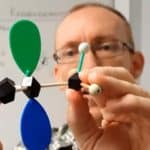
Do you ever want to do science experiments at home with your kids, but you’re not quite sure what to do? Not just any old kitchen science experiment will do – you want something cooler than vinegar + bicarb soda! But, you also want something simple and easy to do – because no-one wants a huge mess from their kids doing crazy science experiments at home!
We understand, and that’s why the writing team here at STEM Geek has put our heads together to come up with the most awesome at-home science experiments for kids! As science enthusiasts and educators, we also wanted to make sure that these are genuine science learning opportunities. So not only are they captivating for the kids, but we also emphasize what questions can be asked as kids explore and apply the scientific method! Plus, we’ve arranged them according to how much time they take: up to 1 hour, 1 to several hours, and long-term.
Related Post: Ultimate Boredom Buster: 101 Things To Do When Kids Are Bored
Science Experiments at Home that take Less than 1 Hour
1. tie-dye milk.
Sounds delicious, right? You’re not actually drinking it, but instead watching science magic happens when you combine dish soap with milk and food coloring. This is a very pretty experiment that draws the focus and mind into what’s happening on the plate, and all because of a little chemistry with everyday items. Well, food dye may not be an everyday item, but it might be after your kids get a hold of this!
So, what’s going on here, scientifically-speaking? Milk is made up of two major ingredients: water and fat. When you add a little dish soap, it bonds with the fat in the milk so strongly that it literally pushes the food coloring and water away from the cotton ball. On a microscopic level, the dish soap is wandering around the milk, which causes the colors to swirl and swirl.
Questions to ask beforehand:
- Before knowing what will happen to the food coloring, ask the kids what they think will happen when dish soap mixes with milk.
- Since the major catalyst is fat in the milk, what would happen if you used other types of milk: Skim milk, soy milk, coconut milk?
You’ll need:
- Round cake pan or plate with high edges
- Cotton ball (some tutorials show cotton swabs)
- Dish detergent
- Different colors of food dye (three or four should do)
Procedure/Instructions:
- Fill the pan halfway with milk.
- Drip one color of food dye in one section of the plate away from the center. Four to five drops works and later you can play around with more or less. Do the same for the rest of the colors around the plate.
- Soak the cotton ball in dish detergent, and when you’re ready for action, place the cotton ball into the center of the pan.
- Watch the colors racing around, creating a psychedelic tie-dye effect!
- You can add more cotton balls throughout the dish to see more action.
- If some food coloring hugs the wall of the plate, take a cotton swab dipped in dish detergent and place it into the food coloring. It will move away!
2. Saturn’s Glowing Rings
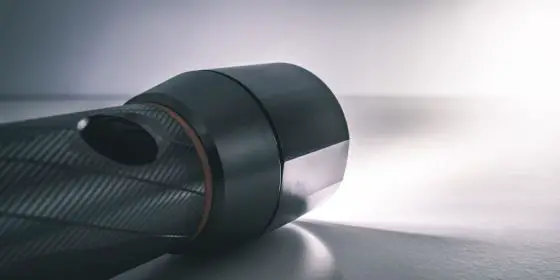
I don’t know about you, but I love everything about space. This experiment shows you how Saturn’s rings are made of rocks and ice chunks even though they look so smooth in pictures. You’ll also see why there are big gaps in the rings. Younger kids take delight in using a flashlight and sprinkling powder, while older kids can get more specific with questions about Saturn and how the rocks and ice stay in orbit.
- Do Saturn’s rings give off their own light?
- Why are some rocks and ice chunks more lit up than others?
- Compare the results of light sprinkles to thicker sprinkles.
- Strong flashlight
- Powder (flour, baby powder, etc) in a shaker
- Very dark room
- Darken a room and set the flashlight on the edge of a table or counter, pointing it at a blank wall. Lay the newspaper on the floor between the flashlight and the wall.
- Turn on the flashlight and notice where the light comes from the flashlight and where it hits the wall. You should only see the light from these two places and not from the space between them. This shows you that the light travels through the air without being seen until it hits the wall. The light represents the sun’s light.
- Now to see how Saturn’s rings glow: Hold the powder shaker and sprinkle some powder over the beam of light where you know the light is traveling. You’ll notice the powder lights up and sparkles in the beam of light. The powder shows in glowing clumps, just like in Saturn’s rings.
3. Breaking Down Colors
We all know that the fun, vibrant colors we see in our lives are created by mixing the basic red, yellow, and blue. In this experiment, you and your child will learn which colors make up those fun shades they have in their art supplies. This also teaches some basic chemistry and uses materials you already have at home. It can be done very simply and expanded to create a large-scale investigation if you love it.
- Which colors separate out first?
- Is the same order for each test?
- Which colors make up the original shade?
- Do the different types of color (pen, pencil, paint) separate in the same way or differently?
- Are some separated in a shorter space are the colors the same mixture?
- Coffee filters
- Color sources (markers, colored pencils, paint, etc.)
- A plain pencil
- To complete this experiment, cut the coffee filters into strips, mark one end with a line the same distance from the bottom on each strip.
- Color in each strip (between the bottom and line) with your colors, and write at the top what the color and source are (e.g., purple marker).
- Place each strip in a glass and help it to stand up by folding the top over a pencil (a chopstick, table knife, or any long narrow object will also work) so that it stands up in the glass.
- Fill the glass up to the top of your colored block, and wait. The water will move up the filter, and the colors will separate out as it goes.
- Remove the strip once the water gets near the top of the strip to stop the experiment.
To make this a true experiment, we recommend testing multiple colors and using markers, colored pencils, and paint (as some starting examples). You could test the same colors from each type of art supply to investigate whether they all use the same mix of basic colors to create the same end product.
This post has a nice full description of the methods if you need more detail.
4. Water Xylophone
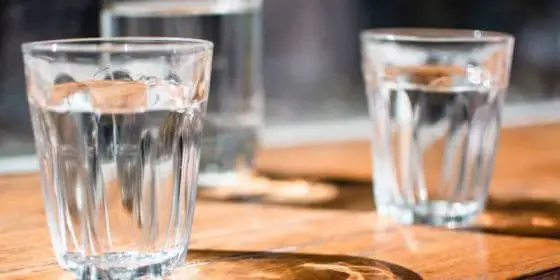
This simple experiment will teach your child about sound and pitch using glasses, water, and something to act as a mallet. Don’t let the simplicity deceive you, there are a lot of ways to experiment and learn through this process, and it also brings in an element of music that makes it interesting and engaging.
- Do you think more water makes the sound higher or lower in pitch?
- How do you think the shape or size of the glass will affect the sound?
- How should we arrange the glasses to play a simple song?
- Do you think this will work with a plastic cup, why or why not?
- Some glasses
- Something wood to act as a mallet (we recommend wood so you don’t break the glasses!)
- A great way to start is with glasses that are the same size, shape, and material, and filling them with different amounts of water.
- Have your child use the mallet to test how the amount of water affects the sound.
- From there, it’s a really simple extension to use different sized and shaped glasses (or any glass vessel like jars and bowls) to experiment with how the shape, size, and amount of water in the glass affect the tone.
To take this one further and really bring in the musical component, you and your child could work out a simple song and create the right tones to play it. If you or your child are musical, you could get very elaborate and creative (try googling harry potter or star wars theme songs on glasses, there are so many options that I couldn’t even choose one)!
5. Ultimate Bottle Flipping
Ah, bottle flipping. The fad that kids can’t get enough of, but parents are well and truly over. The constant thud of semi-filled water bottles being tossed (and hopefully landing upright) is guaranteed to send parents around the twist!
If you can stand it for a bit longer though, there’s a lot of STEM knowledge to be gained in this bottle flipping experiment. As we know, the aim of bottle flipping is to flip a partially filled water bottle underhand and get it to land upright.
In this experiment, kids will learn the importance of observing a result multiple times before changing a variable (the amount of water in the bottle).
- How much water should you put in the bottle?
- What is the ideal amount of liquid to get the perfect flip?
- What should be the ideal amount of water?
- Was their prediction correct?
- Why do they think the amount of water affects the chances of landing the bottle?
- A plastic water bottle
- Measuring jug
- Paper to record results
- Get the kids to start by flipping their bottle with no water in it at all. Kidspot recommends flipping it 50 times for each step, but you could do less if you need to.
- Try it again with 50ml of water.
- Keep adding more water until the bottle is full.
If they’re keen, you could try other types or sizes of bottles, or even try different liquids to see if that affects the results!
6. Rainbow in a Jar
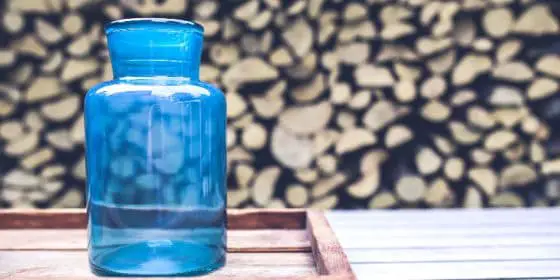
This simple science experiment is not only very visually appealing, but it’s also a great way to learn about the density of liquids. Warning though, this one could get messy so make sure kids are in some old clothes and you might want to take it outside! I like this experiment because you’ll probably have most of the materials in your kitchen already!
- Which liquids they think will be heaviest?
- Which ones will be lightest?
- Why do they think that?
- A glass jar
- Food coloring
- Various liquids like honey, corn syrup, dishwashing liquid, olive oil, rubbing alcohol and water.
- Use the food coloring to make all your liquids a different color. A dropper comes in handy here, but if you don’t have one you can manage without.
- Slowly add each liquid to the jar (pouring into the middle of the jar is best).
- Soon, you’ll have different layers of colored liquid forming your very own rainbow in a jar.
You might even get them to draw a diagram of what they think the jar will look like at the end. They can compare this with the experiment results to see if their prediction was correct.
It might also help to talk to your kids first about what density is and how materials are all made of different amounts of molecules. The more molecules a liquid has, the heavier it will be. Playdough to Plato demonstrates a great way of introducing this concept using marbles.
7. Write Your Own Secret Messages!
We love science experiments that are made up primarily of supplies that you likely already have in your home.
- Why do you think this will work?
- Which liquid do you think will make the best secret message?
- Why do people write secret messages?
- Juice (eg. Lemon)
- Lamp (or anything else that can be used as a heat source)
- In order to complete this experiment, you’ll need to gather all of your supplies along with a piece of paper, some q-tips, and a lamp or other item that you can use as a heat source.
- Next, you’ll mix your lemon juice with a slight amount of water.
- Using your q-tip, use the mixture you’ve created to begin writing your message.
- Allow it to dry.
- Once dry, apply heat to it in order to get your message to appear.
Extend this project by attempting to write with a juice and water mixture, a milk and water mixture, or any other variation of the liquids we listed as necessary supplies!
8. Create Your Own Butterfly
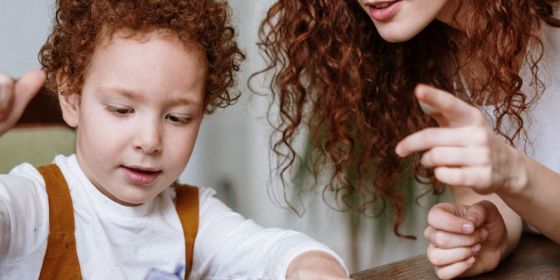
Your little ones will love practicing their color mixing by creating their very own coffee filter butterflies. Hang them in the windows of your home to spread some cheer and to watch the sun flow through their beautiful wings!
- What colors can mix together to make other colors?
- How do butterflies fly?
- What do you think will happen when we add water to the markers?
- Water spray bottle
- Allow your child to draw on the coffee filter to their heart’s content.
- Spray it with water and allow the colors to mix together.
- Allow it to dry thoroughly.
- Once dry, fold it like a fan and then clip it in the middle.
Ta-da, you’ve created a beautiful butterfly!
9. Make A Duck Call
Give your family an excuse to head outdoors by allowing your children to craft their own duck calls. Test them out at a local pond and see if you can get the ducks to come closer to you for a healthy veggie snack!
- Do you think ducks will be able to hear us with this?
- What other materials do you think could make this noise?
- How is what we have created similar to a duck’s beak?
- Plastic straw
- Push down on the straw to flatten one end and then cut the flattened end into a point.
- Flatten out your straw and then blow into it.
- Feel free to experiment with different amounts of flattening and different point shapes to see how you can adjust the sound.
- When finished, take your duck call into the wild to test it out.
10. Make Ivory Soap Boats
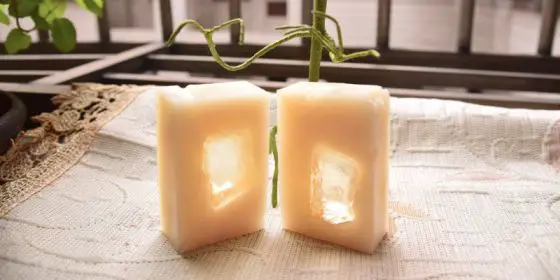
Did you ever carve items out of soap at camp when you were a child? Give your child the same opportunity. Soap can be carved using safe items, like plastic knives.
- Why are we able to carve soap so easily?
- Do you think our boats float?
- Why do you think they float or sink?
- Carving tools (for kids)
- Allow your child to express their creative side by carving their boat out of soap.
- Once they have finished carving it, allow them to test them out in the bathtub. . Extend their learning by discussing density with them–the soap floats because it is less dense than the water.
11. Make Your Own Quicksand
As John Mullaney famously said, “I thought quicksand would be a much bigger problem in my adult life than it would have turned out.” For some reason, quicksand permeates children’s adventure stories – and their imaginations!
- Where can we find quicksand in real life?
- How do you think quicksand works?
- What do you think we will need to make our own quicksand?
- Cornflower (one cup)
- Water (half cup)
- A container
- To make your quicksand, you’ll need to mix the cornflour and water.
- Be sure to stir slowly in order to demonstrate – if you stir too quickly, it will become hard and you won’t be able to see it function the way it should!
12. Make Your Own Lava Lamp
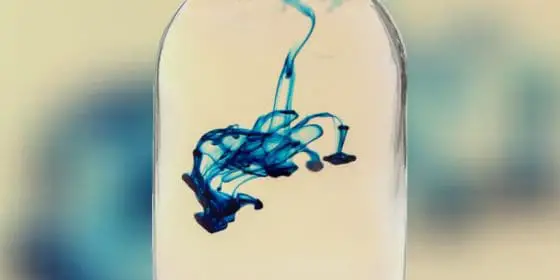
We’ve tried this one in our classrooms, and trust us, our kids go wild year after year. Kids love making something that they can use as home decoration, and they love how easy it is to show new people – this is the experiment that lives on and on!
- How do you think density is involved in this experiment?
- Why don’t the water and oil mix?
- Why can’t we shake our lava lamps?
- Clear Plastic Bottle
- Vegetable Oil
- Food Coloring
- Alka-Seltzer
- Pour water into the plastic bottle until it is approximately one quarter full.
- Then pour vegetable oil in until the bottle is almost completely filled.
- Allow some time for the oil and water to separate.
- It is important that your children do not shake the bottle in this step. It will extend the experiment for no other reason than you waiting for the bubbles to dissipate.
- Add as much food coloring as your child deems fit and then drop a piece of Alka-seltzer tablet into the bottle for the lava lamp fun to begin.
13. Guess the Smell
This one will take a little more prep work, but it’s a great touchstone for your children to begin discussing one of their five senses: the sense of smell!
- What are examples of times we use our sense of smell?
- What other senses do we have?
- If you could only use one sense for the rest of your life, which one?
- Plastic Cups
- Smells (eg. coffee, cinnamon, vanilla, lemon juice)
- Place a variety of common smells in small plastic cups. We like to use coffee, cinnamon, vanilla, and lemon juice.
- Pour these in and place tin foil securely over the top of the cup.
- Poke small holes in the top of the foil.
- Secure the foil with tape (on the sides, not over the holes).
- Allow your children to guess the smells and record their findings on paper.
Home Science Experiments that take 1 to Several Hours
14. mangrove bioshield .
Ecologists and conservationists are pushing for more regulations in building and saving mangrove forests around coastal areas. The reason is represented in this STEM activity. The trees act as a mangrove BioShield (bio = life, shield = protection), showing how natural obstacles can prevent critical damage from marine natural disasters such as tsunamis.
The mangrove BioShield can be for older elementary kids through to high school. Obviously, the younger they are, the more parent involvement. This experiment is done twice to show the effects of having and not having a BioShield. The first part uses little to no trees, and the second uses a forest of trees and rocks.
- What will happen in a tsunami if the village is without a BioShield? And the village with a BioShield?
- Would a BioShield help with hurricanes?
- Would you want to encourage people to save manatee forests if they are beneficial?
- Medium to large clear, plastic container
- Newspaper – wad into balls, then cover half of the bottom container – this help to keep the ground sturdy
- Mud – cover the newspaper and press it in to form a slope down to the empty side of the container. The top side should be flattened for the cardboard houses, then it slopes down into the empty half of the container.
- Cardboard houses (use the bottoms of milk cartons for the house and popsicle sticks for the roofs, place houses on the mud towards the top of the high slope
- Model trees or leafy stems from plants – Different amounts for activity 1 and activity 2
- Several small rocks
- Cardboard – long enough to fit across the container and tall enough to hold it from out of the water
- Water – enough to go halfway up the slope
A tsunami without the mangrove forest – insert only one or two trees down the slope. Place the cardboard piece into the water end of the container and move back and forth to create waves. Notice how easy it is for the water to destroy the village you’ve created.
Part 2:
Repeat the process of constructing the village, but this time insert a lot of trees down the slope to where the water meets the mud. They need to be deeply rooted like mangroves, and I’ve found that aquarium plants work well for this reason. Place the rocks within the mangrove forest and in front of the trees. Add a little bit more water. Insert the cardboard again and move it back and forth to create waves.
15. A Greater Crater
When you look at the night sky and see the moon, one of the first things you notice is its craters. The moon is completely covered in them, and some are so large we can see them from Earth. Meteorites often make the craters that we see when they hit the surface, but it makes us wonder why some craters are so much bigger than others.
This experiment will help you to investigate one of the main reasons why craters come in different sizes.
- What causes craters?
- How big do the meteorites have to be to make a crater?
- What is it about the meteorite that causes the size of the crater?
- Paper to record your results
- Flat floor surface for the experiment, large enough for the newspaper to cover
- Shallow metal pan at least 2 inches deep
- Flour to fill 2 inches of the pan
- ¼ cup hot chocolate powder
- Mesh strainer or flour sifter
- Large marble (and others of varying sizes if comparing results)
- Metric ruler
- Tongs or long tweezers
- Pour the flour into the pan until it reaches 2 inches. Place the pan on top of the newspaper on a level surface.
- Sift a layer of hot chocolate powder over the flour (this is so you can better see the rays and other features of the craters).
- You will be dropping your marble from three different heights, then comparing the sizes of the craters. Measure the diameter (side to side) of the marble and record this on your paper as Marble 1. Hypothesize how large the crater will be and write that next to the diameter of Marble 1.
- Stand next to your pan and hold the marble at knee height above the flour. Drop the marble (do not throw it, just let it fall from your fingers) into the flour and study the shape of the crater. Look for a rim around the crater or any rays coming from the edges.
- Measure across the widest part of your crater, from rim to rim and record on your data sheet as Marble 1 – Knee Height – Width or something similar. You can also draw a picture of your results.
- Very gently use the tongs or long tweezers to remove the marble without destroying the crater.
- Repeat this procedure from waist height, shoulder height, top of head height. Make sure you aim in different parts of the flour so you don’t land on top of another crater. Record all of your results as the different heights you’re using.
- Compare your results.
- You can try again with a different sized marble as “Marble 2” to compare those results with each height as done with Marble 1.
Perhaps now, you’ll look at the moon a little differently!
16. Rube Goldberg Chain Reaction Machine
We’ve all seen them, some pretty far-out there chain reaction machines to complete simple tasks, usually in movies. But they are real , and are becoming even more popular now that we’re all stuck at home for a while. This is a fun way to explore physics with stuff you have at home.
Ask your child to decide what the end goal is (e.g. get the ball into the cup), and ask them to think about creative ways to make it get there. Working together, you can start with small pieces of a circuit to find out how your ball reacts to the set-up, and grow it from there. You can even refer to this video for more ideas:
- What will happen when the ball bounces off of this wall?
- How will these dominoes change the speed of the ball?
- What can we use to make sure that the ball goes in the direction we want it to at this point?
- What should we put here to get the best bounce?
- Paper towel
- Toilet paper tubes
- Fixed objects like walls or furniture
- Any other toys and materials that can be used to build your circuit
To make this a true experiment, it needs to include more than a one-off demonstration, and there are a lot of ways to accomplish this.
- Set up parallel courses and use different sized or weighted balls to go through the circuit.
- Set up one elaborate circuit and use different objects one at a time.
- Set up circuits in different ways to see how different set-ups affect your end goal.
Another experimental component is the process used to create a circuit that reaches your end goal ( like this video about getting the ball into the cup, but you could come up with lots of other endpoints!). Along the way, you and your child get a lot of time to learn about momentum, velocity, friction, energy transfer, and interference (e.g., the cat).
17. Melting
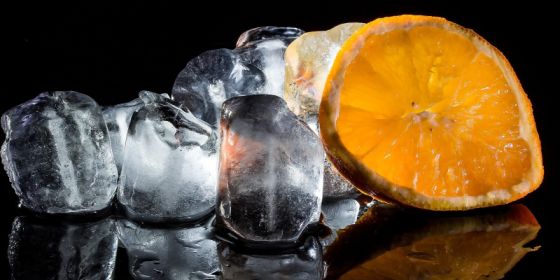
This is a simple and fun experiment that can be set up in a short time and then fill-up your day with observations and new experiments. Using only things you already have at home, you can set-up an engaging experiment with your kids!
Ice melts at different rates depending on a variety of factors including temperature, pressure, and if there are impurities (think salt, sugar, dirt) in the ice or touching the ice. There is a lot of opportunities to get creative and do the experiment in multiple ways, keeping your kids engaged and developing their investigative, experimental, and critical thinking skills.
- Which ice melts the fastest, slowest, and if they have any guesses about why?
- What other ice-melting experiments they think would be fun: Using different temperature liquids? Using different amounts of ice? Different sized cups?
- Lots of ice
- Several matching cups (i.e., they are the same size, shape, and color)
- Measuring cups
- A variety of liquids for the test
- Paper for writing down observations
- Measure the same amount of ice and place it in each cup.
- M easure equal amounts of each liquid and place them in the cups: try to complete this part quickly so that the ice in each cup is in liquid for as close the same amount of time as possible.
- Set up your cups in a place that is easy for your child to watch and observe.
- Ask them to check in at regular intervals (every 15 minutes, every hour) and record or talk to you about their observations.
Other potential experimental examples:
- Using different liquids to test if they affect melting time;
- Using the same liquid and placing ice in different locations to test what conditions throughout your home affect melting;
- Test if different amounts of ice melt at different rates;
- Test if different kinds of cups change melting time.
There are endless possibilities for you to come up with new ways to complete these simple experiments. You get the idea. Explore more!
18. Breathing Leaves
Science experiments don’t get much more simple than this one! It’s effective though and kids will enjoy watching their leaf ‘breathe’. Learning about plant science is often tricky because it can seem a bit abstract. This experiment allows kids to see the process of plants making oxygen right before their eyes!
A question to ask beforehand:
- What do you think will happen if we leave it for a few hours?
- A fresh leaf from a tree
- A bowl of water
- Pluck a fresh leaf from a tree and place it in a bowl of water.
- Use a rock to weigh it down and leave the experiment out in the sun.
- Have your kids predict what they think they will see when they come back in a few hours (they can write their prediction down or draw a diagram if that’s more their style).
- After a few hours, your kids will see lots of tiny little bubbles on the edge of the leaf and in the glass bowl of water (use a magnifying glass to get a closer look if you have one).
So, what’s happening here? Leaves take in carbon dioxide and convert it to oxygen during photosynthesis. The bubbles you can see are the leaf releasing the oxygen it’s created. You could explain to your kids how trees and plants make the oxygen we need to breathe. Kids Fun Science explains this experiment in more detail and suggests taking it further by leaving the plant for a longer period of time (do you see more or fewer bubbles?) or placing a leaf in a dark area to see what difference that makes!
19. How Does Sunscreen Work?
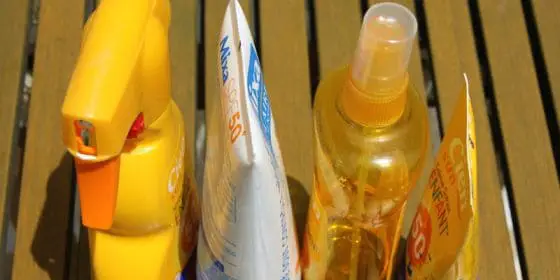
If there’s one thing I know, it’s that kids hate wearing sunscreen! Trying to get it on them is like wrestling a crocodile. Maybe if they knew how sunscreen worked they’d understand how important it is to wear it when they’re out in the sun (and be slightly more cooperative when we’re lathering it over their little faces). This is a simple experiment that shows kids the difference wearing sunscreen will make to their skin.
- What do they observe when they come back?
- Why do they think one side faded and the other not?
- A piece of colored cardboard (a dark color would be best)
- Your usual bottle of sunscreen
- Have your kids smear the sunscreen over one part of the cardboard and leave the other part clear.
- Kids can then predict what they think will happen when they return to the experiment after a few hours.
- Talk to them about how the sun’s UV radiation is absorbed by the sunscreen so it can’t get through to damage the cardboard.
You could even take it further by trying different kinds of sunscreen or leaving your cardboard out during different times of the day.
20. Make A Rubber Egg
Imagine a world in which eggs can be used like bouncy balls. Well, with a couple of home supplies and a little bit of science, you can live in that world. Your child will be dazzled as they remove eggshells from eggs while leaving the insides intact.
- Is vinegar an acid or a base?
- Is there another substance that could do this?
- Simply leave the egg in the vinegar for a few hours and wait to see what happens. Because of the transformative nature of this experiment, it lends itself to science journaling.
- Consider having your kiddos draw before and after pictures of the eggs in order to track their journeys.
21. Flying Tea Bags
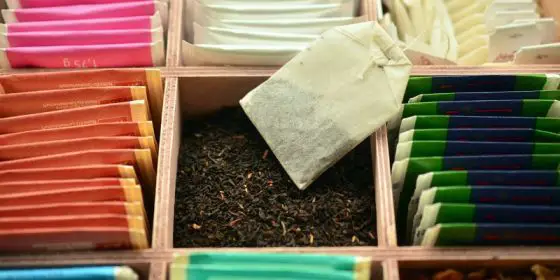
Nothing will get your kids’ attention faster than telling them that you are going to spend some time creating something that will fly. However, because this experiment will involve fire, please ensure that you select a time in which you will be able to provide ample adult supervision.
- How do we stay safe with fire?
- How do we make sure we don’t damage the surface we are working on?
- Why do you think the tea bag will fly?
- Single Serving Tea Bags
- A Small Bowl
- A Non-Flammable Work Surface
- First, open the tea bags and unfold them.
- Empty the leaves from the bag.
- Stand the tea bags up on your surface and light the top of each bag on fire.
As they begin to burn, they will float into the sky!
22. Make Wax Paper Lanterns
Your children will love the chance to display their fantastic art skills by creating these paper lanterns. If you want to add a culture lesson, have your children research German’s St. Martin’s Day and learn about why children parade through the streets with lanterns. We promise there’s a good moral story involved here!
- When could we use lanterns?
- What safety considerations do we need to use in this project?
- Why can we see the light through the wax paper?
- Popsicle Sticks
- To begin, tear a ten-inch piece of wax paper off of the roll and cut it in half.
- After that, fold each piece in half.
- Allow your child to color their image on top of the wax paper. (This is a great place for an impromptu lesson in color mixing).
- Fold the wax paper and iron it (consider something in between the crayon mess and the iron you use on your clothes).
- Finally, glue the craft sticks into squares, add the wax paper, and turn it into a cube.
Voila, you’ve created your own lantern!
23. Create an Insect Habitat
Alright, this one isn’t for the faint of heart. Draw up your courage and send your child into the backyard to collect all of the creepy crawlies they’d like to.
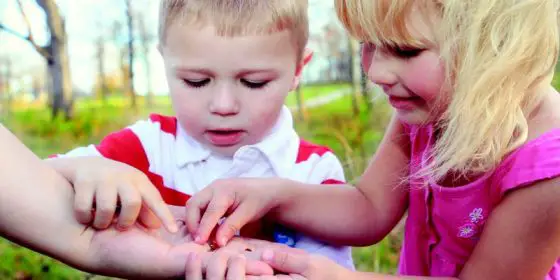
Now you have a home for them. Better yet, you can keep your child entertained for hours as they track the growth of their bug friends.
- What do bugs need to survive?
- What do bugs eat?
- What is the difference between a need and a want?
- Imagination
- Find something that you’re willing to sacrifice to the bugs in order to create a habitat for them – we recommend a shadowbox so that your child can see inside, but a cardboard box will do just fine as well.
- Ensure that there is breathing room for the bugs.
- Create a habitat with sticks, bark, small rocks, dried leaves, and whatever else you can find.
- If you’re willing to hang onto the habitat long enough, use it as an opportunity to talk about decomposition as the bugs begin to break down the twigs.
Long-Term Science Experiments at Home
24. crystal kingdom.
This is the oldest trick in the book, but it’s popular because it’s so effective, fun, and has great results. The only drawback to most crystal-growing recipes is that they take ages to grow, and to be quite honest this one is no exception. In fact, these crystals will take several days to grow but the end result is worth it. The reason is that this experiment involves growing a whole landscape of beautifully colored salt and bluing crystals. Here’s a video for visual reference:
A few things to keep in mind: Allow for plenty of air circulation, preferably inside rather than outside. Ammonia is not necessary but does help in the process.
- What will happen when you add ammonia?
- Why does more salt and less liquid create faster crystallization?
- What part does the bluing solution have in crystal growing?
(Answers can be found here )
- Two bottles of bluing solution
- Large tray/cookie sheets with sides
- Measuring cup
- Liquid watercolors
- Eye droppers
- Cut sponges into large pieces. Spread them out on the tray.
- Measure out 1 cup of each of salt, water, and bluing and then gently mix together.
- Evenly coat or sprinkle the mix over the sponges.
- Add 1 cup of ammonia to the sponges.
- Coat an extra 1 cup of salt on to the sponges.
- By now you’ll see some crystals growing . Sprinkle the magic mix again: 1 cup each of salt, water, and bluing. You can pour the ingredients onto the tray instead of on top of the crystals to keep them from breaking. Don’t worry, more will grow!
- Take an eyedropper, and drop a tablespoon of each liquid watercolor (undiluted) in different patterns over the sponges and crystals.
- Take note of your garden and what the crystal formations look like. You can make a sketch in your notebook as a before and after. Ask questions and observe!
- Observe how the crystals are bigger than before, and notice the colors aren’t as vibrant. Compare the differences in shapes, sizes, and colors.
- If you want more crystals to grow, add a little more water, bluing, and salt.
25. Blow up a Balloon with Yeast
We are surrounded by science in action, but sometimes it is really difficult to see what is happening, especially when it is on a small-scale. When we make bread, yeast ‘eats’ the sugars in the food and creates CO2, giving bread its airy texture. This experiment lets you both visualize what happens when yeast consumes sugar and is a great set-up for an experiment that can be observed throughout the day.
Depending on your supplies and time, you could start with a demonstration and use that to think of other tests, or you could set up several parallel tests at the same time.
- How quickly does the balloon filled with air?
- When does it stop filling (at some point the yeast will run out of food and will stop making gas)?
- Does the starting temperature affect the experiment?
- Does the balloon fill faster in different places in your home (try especially for different air-temperatures, you could include an outside location)?
- Some balloons
- Blow up the balloon a few times before starting so that it’s loosened up a bit.
- Fill the bottle with about 1 inch of warm water (heat is required to activate the yeast, but you could experiment with different temperatures), add the yeast and swirl to dissolve.
- Add the sugar and swirl more.
- Place the balloon over the opening to the bottle and wait. You should expect to see the balloon begin to inflate after around 20 minutes.
- Continue checking and observing how much the balloon inflates throughout the day.
More example experimental setups include:
- Do different temperatures – either with the water you start with or the air the yeast lives in – affect how quickly the balloon blows-up?
- Does using 2x the yeast result in a balloon that is 2x bigger, or blows-up 2x faster?
- Do different types of sugar (e.g., white sugar, honey, syrup, flour) affect how quickly the balloon blows up or how big it gets?
A sk your child to think of new experiments (you could prompt with some of the examples above, or ideas from this post ).
26. Seed Germination
A really simple but fun multi-day experiment is germinating seeds under different conditions. This means finding some quick-sprouting seeds such as beans and putting them in different conditions to see how that affects germination (sprouting leaves and roots) and growth.
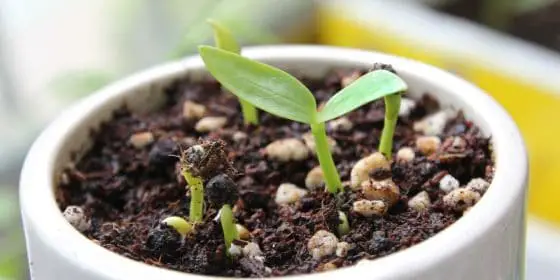
I love using seed experiments because they are inexpensive, simple, and leave a ton of room for creating your own unique experiment.
- Which seed will sprout fastest?
- Seeds (Beans, radishes, squashes, and many flowers sprout quickly from large seeds, making them good choices.)
- Small pots or paper cups
- Potting soil
- Cloth or paper towel
- Somewhere with good light
- To get started, you’ll need some seeds – feel free to choose something you already have, if you’re a gardener you might have some seeds ready for the coming season and could spare a few – or find something online or at your local nursery.
- Use small pots or paper cups and fill each with your growth material (we recommend a minimum of 3 for a useful comparison).
- Fill one with potting soil, one with sand, and one with a cloth or paper towel.
- Place them somewhere with good light, and add water.
- Ask your child to predict which seed will sprout fastest, and make observations every day. If possible, make them around the same time each day.
- Once you see growth, you can ask your child what they think caused any differences, and you can use that as a jumping-off point for more experiments
Additionally, you could:
- Use one type of seed and different types of growth media: soil, paper towel, gravel, sand, water, etc.
- You could use different seeds (beans, flowers, grass, herbs) and grow them under the same conditions (soil, water, sun exposure) to see how different plants grow differently.
- You could see how different light conditions (by a window, in the basement, in a bright room away from a window, etc.) affect germination.
You could also extend each experiment by simply continuing to grow each seed to learn whether the different germination time affects long-term growth (you may want to re-pot everything in the soil for this to be effective, depending on the specifics of your initial experiment).
27. Colored Celery
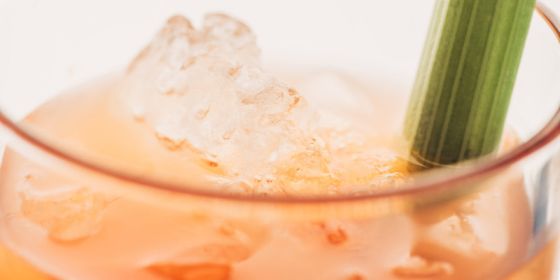
It’s hard to imagine plants having little capillaries inside them that transport water and nutrients, but this experiment shows that in action. It’s easy to set up, but you’ll have to wait at least a day to see some results. Your kids will be able to see how transpiration takes place and plants absorb water from the soil all the way up into their leaves.
- A few stalks of celery (celery works best for this because it’s a bit more visible, but you could also use flower stems)
- Different food coloring
- Place each stalk in a cup of colored water and make your predictions about what will happen.
- After a day or so you’ll see the celery leaves becoming the color of the water they’re standing in.
- Have your kids describe their observations (they can write down what they see or draw it if they prefer).
- If you look at the base of the stem you’ll also see tiny little holes that the colored water is traveling through.
When you’re done with the experiment, make sure you snap the celery and look inside – you should be able to see the capillaries in action. For more ideas, Little Bins for Little Hands has got some great hints and tips for this experiment.
28. Moldy Bread
This experiment is an oldie, but a goodie! Kids love looking at disgusting things and this one will certainly come up with the goods. Not only will kids learn about how mold grows, but they might also take on some lessons about the importance of washing their hands!
You might want to check out the results of this experiment at Science Alert before you start to see if your stomach is up to it.
- A few slices of bread
- Some ziplock bags
- Sticky little hands.
- Get a few slices of bread and lay them out on your kitchen bench.
- Have your kids touch one piece of bread with dirty, unwashed hands.
- They can wash their hands with soap and water and touch another slice, then do the same using hand sanitizer.
- Leave one piece of bread untouched.
- Place them all in clear, labeled ziplock bags and predict which one will grow the most mold.
- Leave your bread slices for at least a week (it may take a bit longer, depending on the conditions where you live) and get the kids to record their observations.
You can also try wiping your bread slices on other surfaces to see what moldy results you get (their laptop or tablet is a great place to start)!
29. Sprouting Beans
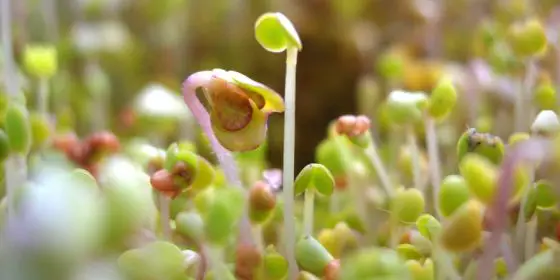
Give your household a real survivalist feel by beginning an indoor garden. We recommend planting your beans in a clear cup so that your children can be privy to all of the processes during the plant’s journey.
- How does a plant grow?
- What does germination mean?
- What is in season to grow in our area now?
- Unprocessed Beans
- If you’d like your child to see every step of the process, consider placing the beans inside of a damp paper towel inside of a ziplock.
- You can wait, see the germinated seed together, and then plant it inside of a small cup.
- Once inside the cup, watch it grow.
Extend your work by planting various beans and altering the growth conditions in order see what makes your beans grow best!
30. Begin Composting
Begin your “go green” resolutions by teaching your child the value of composting! Best of all, once the science experiment is done, your family will have a recycling process that will last your entire lifetimes.
- Why is composting important?
- How else can our household go green?
- Why do we need a foundation layer for compost?
- Compost Bin
- Organic Material
- First, create a compost bin. You can purchase one or build one out of wood.
- To begin your composting, you’ll need even amounts of brown materials (think shredded paper, dryer lint, etc.) and green materials (think fruit and vegetable waste, lawn clippings, etc.).
- If you’re really feeling fancy, throw some earthworms in there.
For days to come, your family will be able to discuss what can and cannot be broken down by the decomposers inside of the compost bin. Never-ending science!
31. Turn Grapes Into Raisins
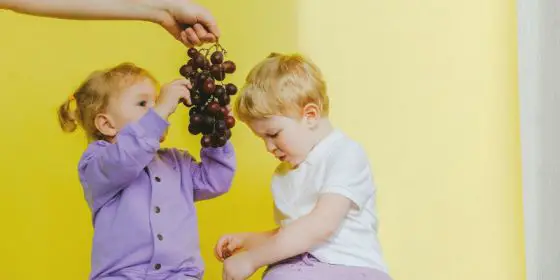
Your kids may or may not eat raising – but we can guarantee you, they’ve likely never considered the option of creating their own!
- What other snacks can we make with science?
- Should we ever eat our experiments?
- How does this work?
- For this experiment, you’ll need grapes. (Really, that’s it!)
Leave your grapes somewhere where they will not be disturbed and use this as an opportunity for your children to journal the changes in the grapes from day to day. Believe it or not, this type of sequential journaling is a valuable literacy skill!
32. DIY Science Experiment
The best science experiment your child can engage in is the one they create themselves! Begin brainstorming a list of questions and let the world be their oyster as they plan and carry out their own experiments. Some of our favorite brainstorming questions, from Scholastic’s Science-Fair Project Guide, are listed below:
- What is the effect of toothpaste brand on teeth-cleaning power?
- What brand of trash bag can withstand the most weight before ripping?
- How does the type of material affect how long a shirt takes to dry?
Written by Miranda Altice, Kaitlin Anselmo, Mark Coster, Allison Ebbets, and Jodie Magrath.

Mark is the driving force behind STEM Geek. With 20 years of experience in chemistry education and research, and 3 willing children as guinea pigs, Mark has a passion for inspiring kids and adults to combine fun and learning with STEM Toys!
Editor’s Picks

7 Best LEGO Star Wars Sets | Our Top Picks of All Time!

Best LEGO Creator Sets – Take Your Pick From These 7 Gems!

How to Use a Metal Detector: 8 Essential Tips to Get the Most of It

Best Metal Detector for Kids: 5 Top Picks (+ Buying Guide)

Best 2+ Player Cooperative Board Games (Top 6 in 2024)

MEL Chemistry Review: Is Your Child the Next Bill Nye?
- Grades 6-12
- School Leaders
Don't Forget to Enter Today's Very Merry Giveaway!🎁
76 Easy Science Experiments Using Materials You Already Have On Hand
Because science doesn’t have to be complicated.
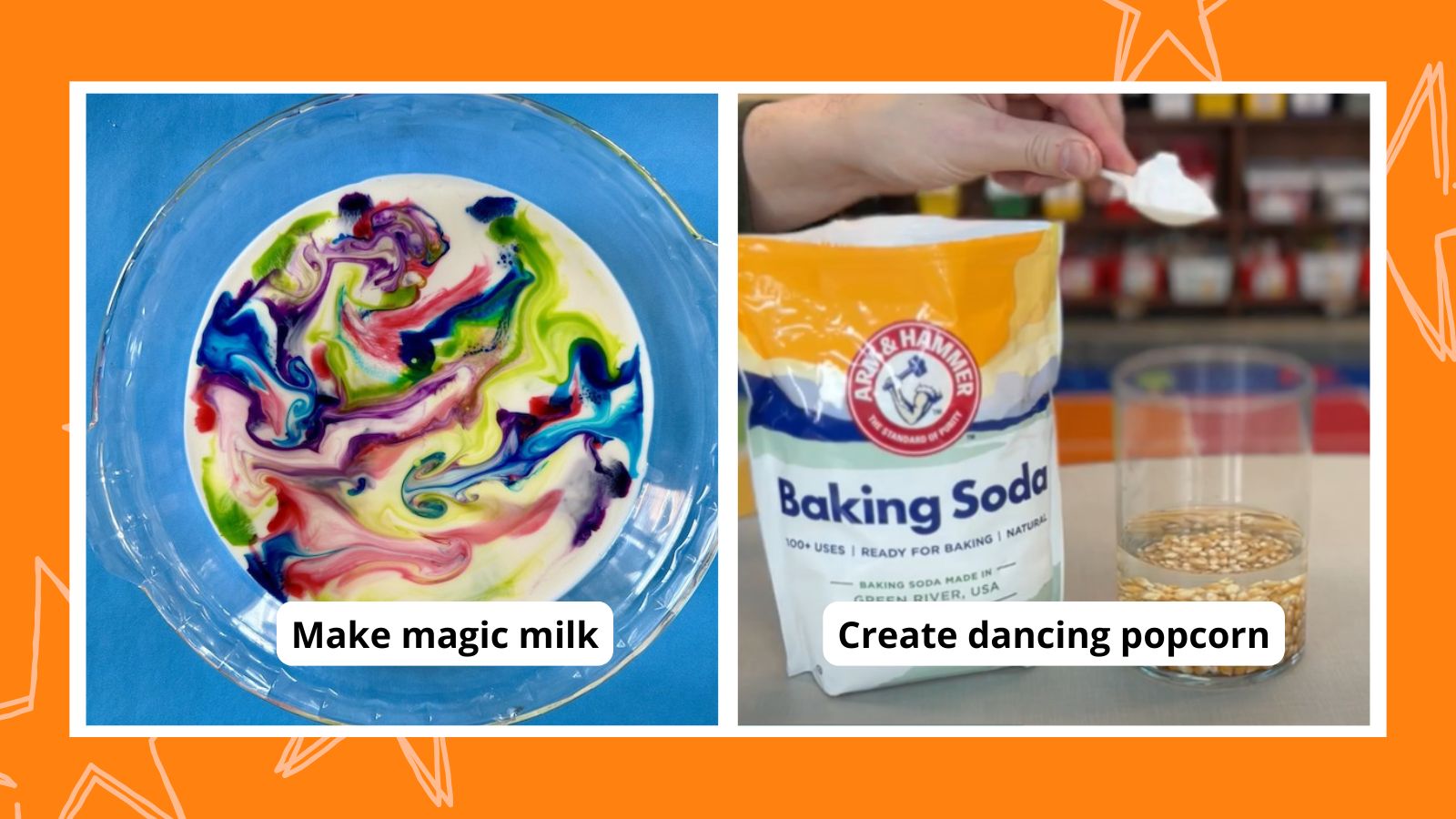
If there is one thing that is guaranteed to get your students excited, it’s a good science experiment! While some experiments require expensive lab equipment or dangerous chemicals, there are plenty of cool projects you can do with regular household items. We’ve rounded up a big collection of easy science experiments that anybody can try, and kids are going to love them!
Easy Chemistry Science Experiments
Easy physics science experiments, easy biology and environmental science experiments, easy engineering experiments and stem challenges.
Also, be sure to grab your free printable science experiment recording sheet to use with any of the experiments below.
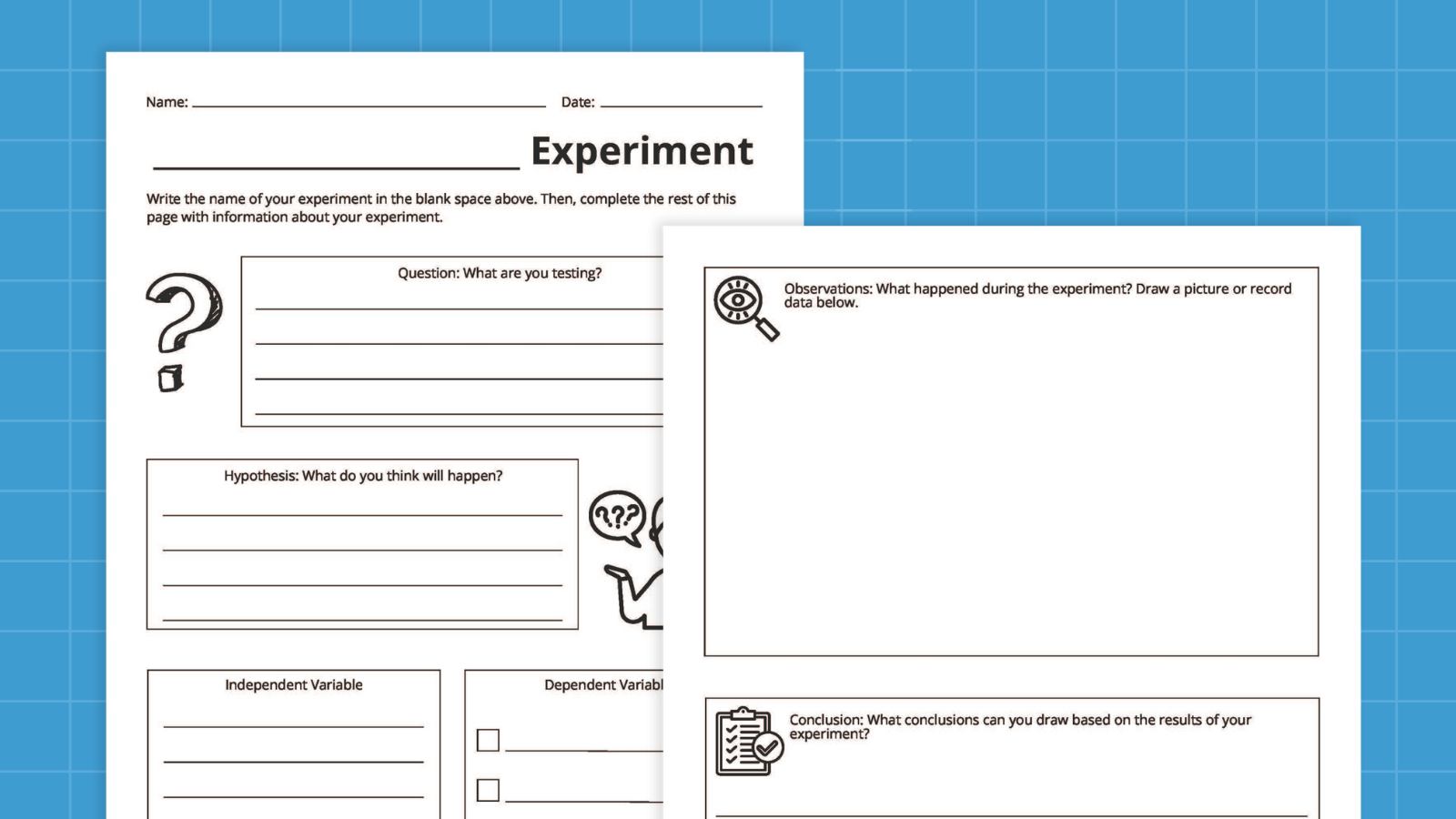
1. Taste the rainbow
Teach your students about diffusion while creating a beautiful and tasty rainbow. Tip: Have extra Skittles on hand so your class can eat a few!
Learn more: Skittles Diffusion
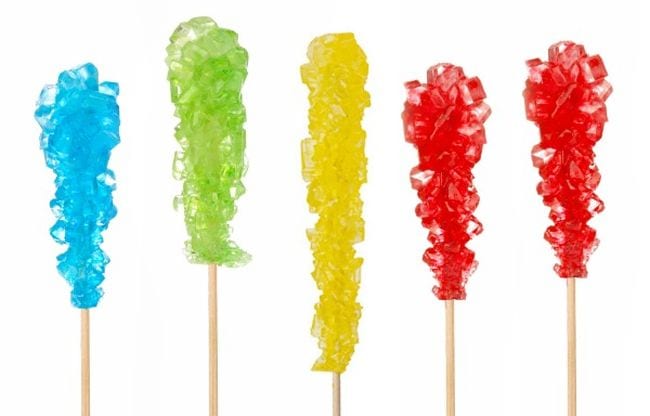
2. Crystallize sweet treats
Crystal science experiments teach kids about supersaturated solutions. This one is easy to do at home, and the results are absolutely delicious!
Learn more: Rock Candy Experiment
3. Make a volcano erupt
This classic experiment demonstrates a chemical reaction between baking soda (sodium bicarbonate) and vinegar (acetic acid), which produces carbon dioxide gas, water, and sodium acetate.
Learn more: Baking Soda Volcano (Guide + Printable Reflection Sheet)
4. Make elephant toothpaste
This fun project uses yeast and a hydrogen peroxide solution to create overflowing “elephant toothpaste.” Tip: Add an extra fun layer by having kids create toothpaste wrappers for plastic bottles.
Learn more: Elephant Toothpaste (Guide + Printable Reflection Sheet)
5. Blow the biggest bubbles you can
Add a few simple ingredients to dish soap solution to create the largest bubbles you’ve ever seen! Kids learn about surface tension as they engineer these bubble-blowing wands.
Learn more: Giant Soap Bubbles (Guide + Printable Reflection Sheet)
6. Demonstrate the “magic” leakproof bag
All you need is a zip-top plastic bag, sharp pencils, and water to blow your kids’ minds. Once they’re suitably impressed, teach them how the “trick” works by explaining the chemistry of polymers.
Learn more: Leakproof Bag (Guide + Printable Reflection Sheet)
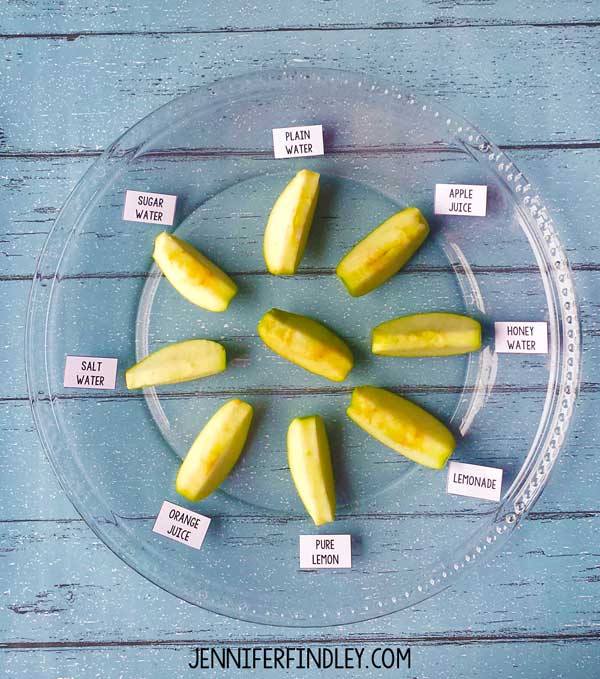
7. Use apple slices to learn about oxidation
Have students make predictions about what will happen to apple slices when immersed in different liquids, then put those predictions to the test. Have them record their observations.
Learn more: Apple Oxidation
8. Float a marker man
Their eyes will pop out of their heads when you “levitate” a stick figure right off the table! This experiment works due to the insolubility of dry-erase marker ink in water, combined with the lighter density of the ink.
Learn more: Floating Marker Man

9. Discover density with hot and cold water
There are a lot of easy science experiments you can do with density. This one is extremely simple, involving only hot and cold water and food coloring, but the visuals make it appealing and fun.
Learn more: Hot and Cold Water Science Experiment
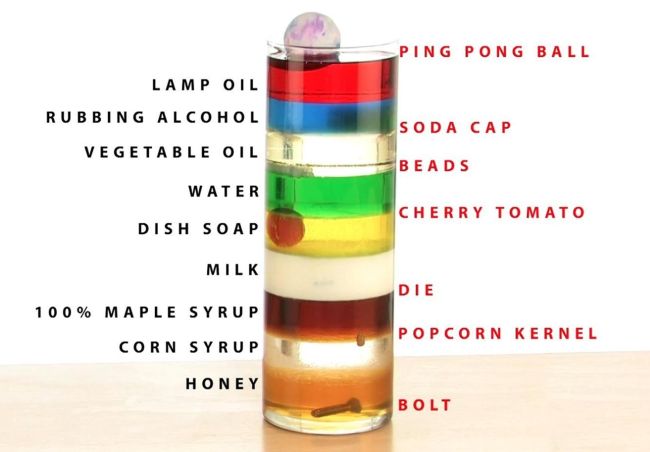
10. Layer more liquids
This density demo is a little more complicated, but the effects are spectacular. Slowly layer liquids like honey, dish soap, water, and rubbing alcohol in a glass. Kids will be amazed when the liquids float one on top of the other like magic (except it is really science).
Learn more: Layered Liquids
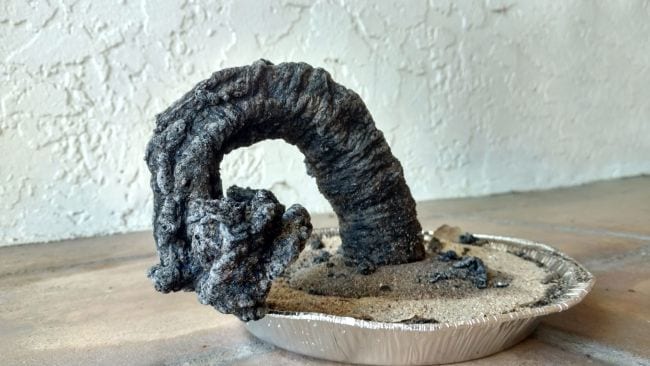
11. Grow a carbon sugar snake
Easy science experiments can still have impressive results. This eye-popping chemical reaction demonstration only requires simple supplies like sugar, baking soda, and sand.
Learn more: Carbon Sugar Snake
12. Mix up some slime
Tell kids you’re going to make slime at home, and watch their eyes light up! There are a variety of ways to make slime, so try a few different recipes to find the one you like best.
Learn more: 4 Slime Recipes (Guide + Printable Reflection Sheet)
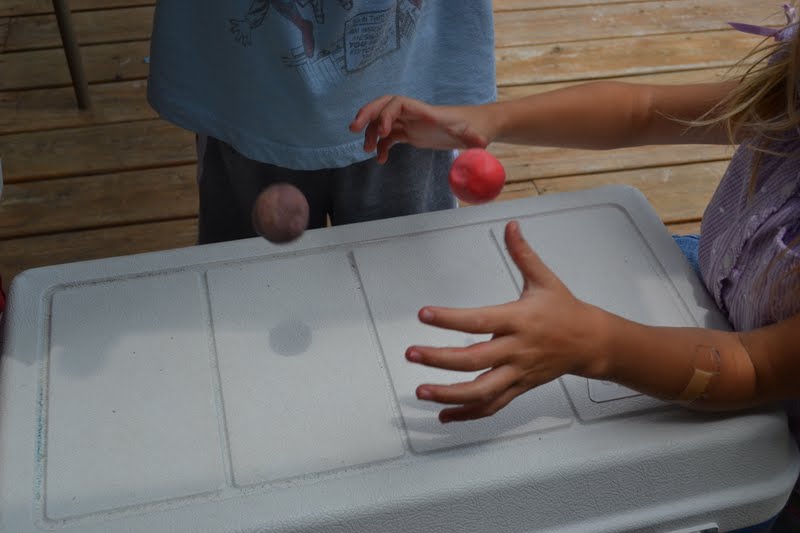
13. Make homemade bouncy balls
These homemade bouncy balls are easy to make since all you need is glue, food coloring, borax powder, cornstarch, and warm water. You’ll want to store them inside a container like a plastic egg because they will flatten out over time.
Learn more: Make-Your-Own Bouncy Balls

14. Create eggshell chalk
Eggshells contain calcium, the same material that makes chalk. Grind them up and mix them with flour, water, and food coloring to make your very own sidewalk chalk.
Learn more: Eggshell Chalk
15. Make naked eggs
This is so cool! Use vinegar to dissolve the calcium carbonate in an eggshell to discover the membrane underneath that holds the egg together. Then, use the “naked” egg for another easy science experiment that demonstrates osmosis .
Learn more: Egg and Vinegar Experiment (Guide + Printable Reflection Sheet)
16. Turn milk into plastic
This sounds a lot more complicated than it is, but don’t be afraid to give it a try. Use simple kitchen supplies to create plastic polymers from plain old milk. Sculpt them into cool shapes when you’re done.
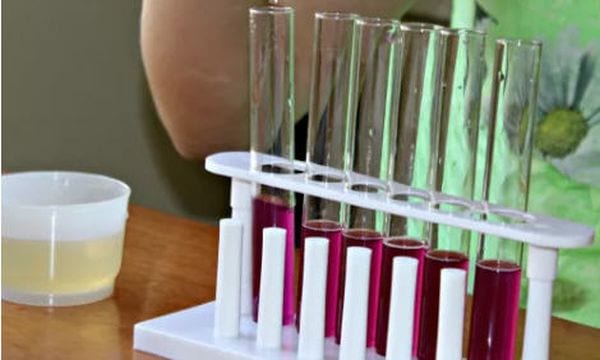
17. Test pH using cabbage
Teach kids about acids and bases without needing pH test strips. Simply boil some red cabbage and use the resulting water to test various substances—acids turn red and bases turn green.
Learn more: Cabbage pH
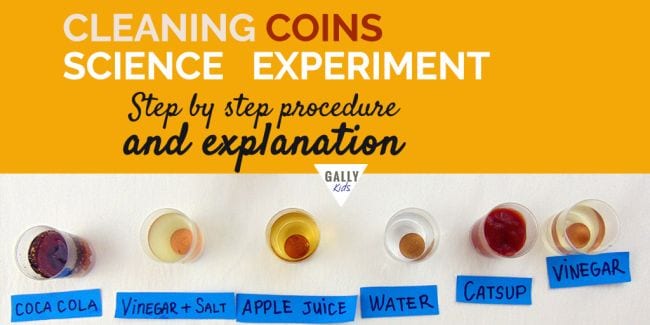
18. Clean some old coins
Use common household items to make old oxidized coins clean and shiny again in this simple chemistry experiment. Ask kids to predict (hypothesize) which will work best, then expand the learning by doing some research to explain the results.
Learn more: Cleaning Coins
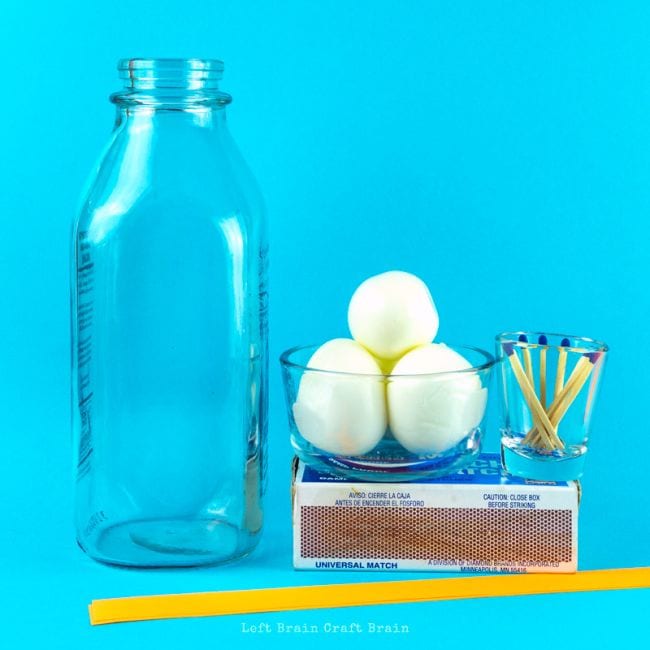
19. Pull an egg into a bottle
This classic easy science experiment never fails to delight. Use the power of air pressure to suck a hard-boiled egg into a jar, no hands required.
Learn more: Egg in a Bottle
20. Blow up a balloon without blowing
Chances are good you probably did easy science experiments like this when you were in school. The baking soda and vinegar balloon experiment demonstrates the reactions between acids and bases when you fill a bottle with vinegar and a balloon with baking soda.
Learn more: Baking Soda and Vinegar Balloon (Guide + Printable Reflection Sheet)
21. Assemble a DIY lava lamp
This 1970s trend is back—as an easy science experiment! This activity combines acid-base reactions with density for a totally groovy result.
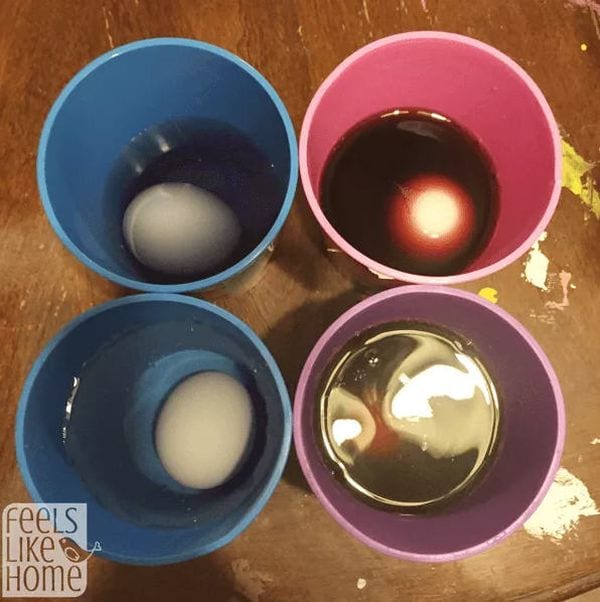
22. Explore how sugary drinks affect teeth
The calcium content of eggshells makes them a great stand-in for teeth. Use eggs to explore how soda and juice can stain teeth and wear down the enamel. Expand your learning by trying different toothpaste-and-toothbrush combinations to see how effective they are.
Learn more: Sugar and Teeth Experiment
23. Mummify a hot dog
If your kids are fascinated by the Egyptians, they’ll love learning to mummify a hot dog! No need for canopic jars , just grab some baking soda and get started.
24. Extinguish flames with carbon dioxide
This is a fiery twist on acid-base experiments. Light a candle and talk about what fire needs in order to survive. Then, create an acid-base reaction and “pour” the carbon dioxide to extinguish the flame. The CO2 gas acts like a liquid, suffocating the fire.
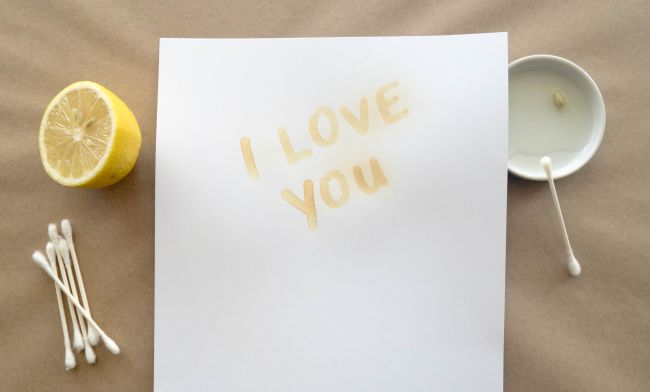
25. Send secret messages with invisible ink
Turn your kids into secret agents. Write messages with a paintbrush dipped in lemon juice, then hold the paper over a heat source and watch the invisible become visible as oxidation goes to work.
Learn more: Invisible Ink
26. Create dancing popcorn
This is a fun version of the classic baking soda and vinegar experiment, perfect for the younger crowd. The bubbly mixture causes popcorn to dance around in the water.
Learn more: Dancing Popcorn (Guide + Printable Reflection Sheet)
27. Shoot a soda geyser sky-high
You’ve always wondered if this really works, so it’s time to find out for yourself. Kids will marvel at the chemical reaction that sends diet soda shooting high in the air when Mentos are added.
Learn more: Mentos and Coke Experiment (Guide + Printable Reflection Sheet)
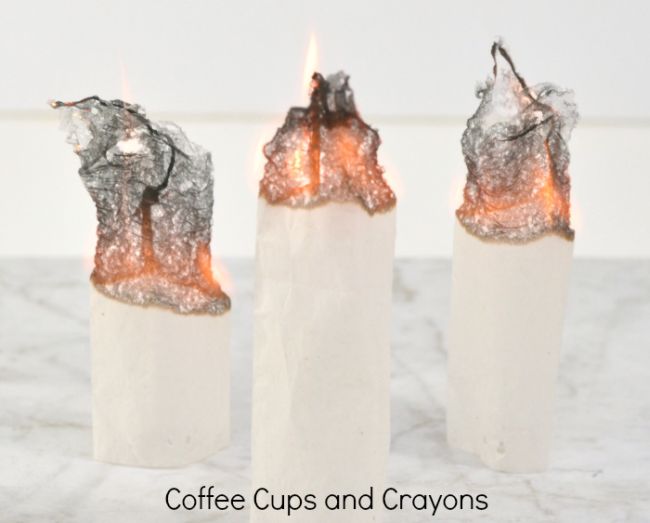
28. Send a teabag flying
Hot air rises, and this experiment can prove it. You’ll want to supervise kids with fire, of course. For added safety, try this one outside.
Learn more: Flying Tea Bags
29. Create magic milk
This fun and easy science experiment demonstrates principles related to surface tension, molecular interactions, and fluid dynamics.
Learn more: Magic Milk Experiment (Guide + Printable Reflection Sheet)
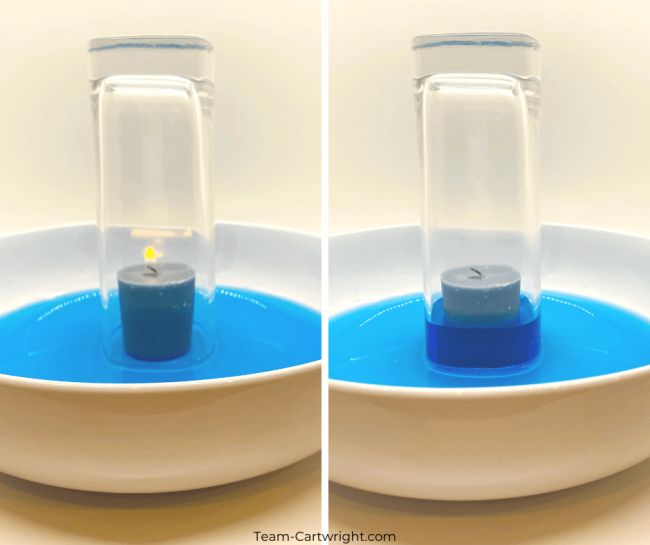
30. Watch the water rise
Learn about Charles’s law with this simple experiment. As the candle burns, using up oxygen and heating the air in the glass, the water rises as if by magic.
Learn more: Rising Water Experiment
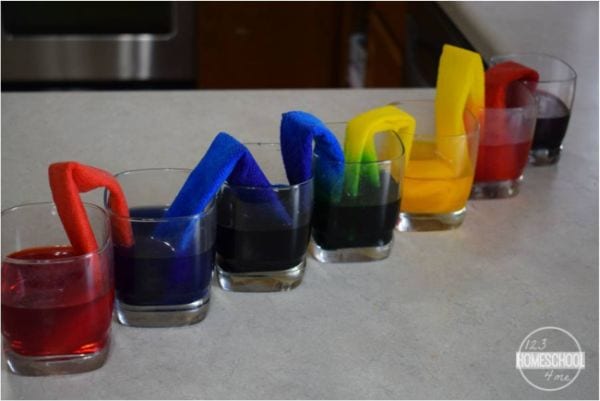
31. Learn about capillary action
Kids will be amazed as they watch the colored water move from glass to glass, and you’ll love the easy and inexpensive setup. Gather some water, paper towels, and food coloring to teach the scientific magic of capillary action.
Learn more: Capillary Action
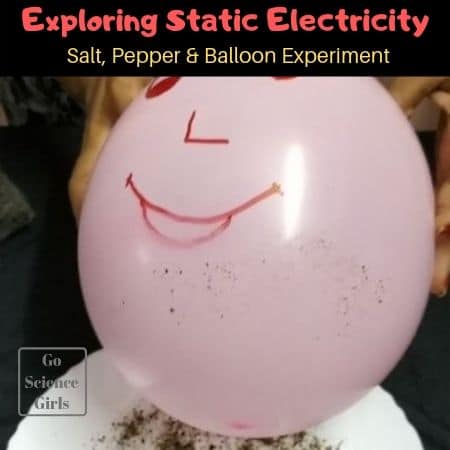
32. Give a balloon a beard
Equally educational and fun, this experiment will teach kids about static electricity using everyday materials. Kids will get a kick out of creating beards on their balloon people!
Learn more: Static Electricity
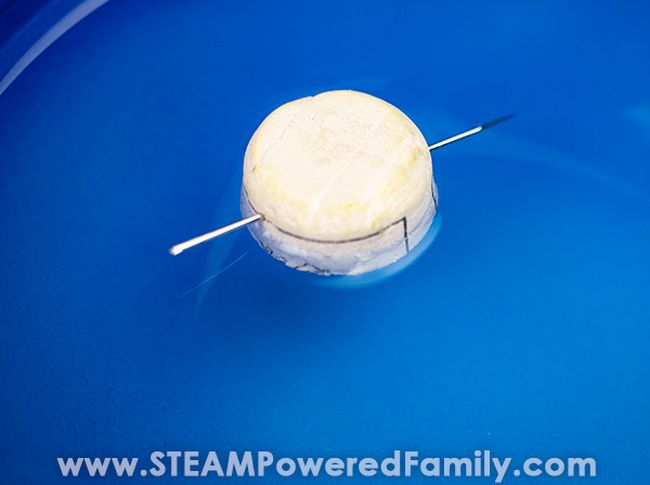
33. Find your way with a DIY compass
Here’s an old classic that never fails to impress. Magnetize a needle, float it on the water’s surface, and it will always point north.
Learn more: How To Make a Compass
34. Crush a can using air pressure
Sure, it’s easy to crush a soda can with your bare hands, but what if you could do it without touching it at all? That’s the power of air pressure!

35. Tell time using the sun
While people use clocks or even phones to tell time today, there was a time when a sundial was the best means to do that. Kids can create their own sundials using everyday materials like cardboard and pencils.
Learn more: Make Your Own Sundial
36. Launch a bottle rocket
Grab a cork, plastic bottle, cardboard, duct tape, and bike pump to learn about the laws of motion.
Learn more: Bottle Rocket (Guide + Printable Reflection Sheet)
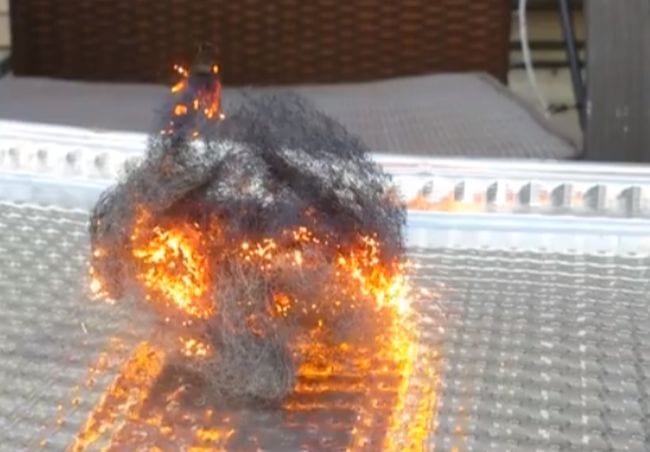
37. Make sparks with steel wool
All you need is steel wool and a 9-volt battery to perform this science demo that’s bound to make their eyes light up! Kids learn about chain reactions, chemical changes, and more.
Learn more: Steel Wool Electricity
38. Levitate a Ping-Pong ball
This experiment is really all about Bernoulli’s principle. You only need plastic bottles, bendy straws, and Ping-Pong balls to make the science magic happen.
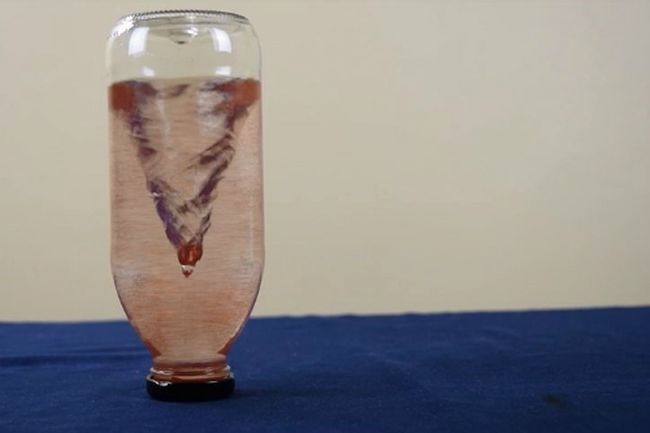
39. Whip up a tornado in a bottle
There are plenty of versions of this classic experiment out there, but we love this one because it sparkles. Kids learn about a vortex and what it takes to create one.
Learn more: Tornado in a Bottle
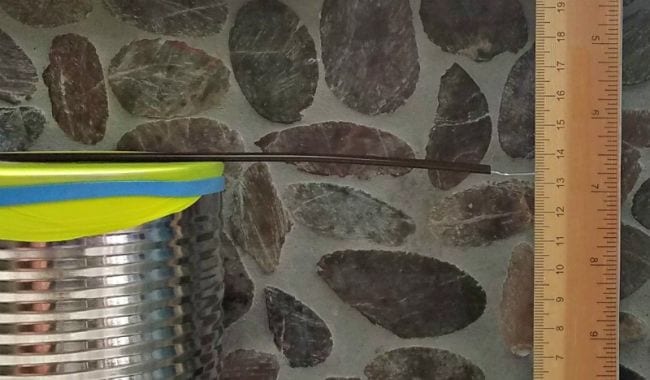
40. Monitor air pressure with a DIY barometer
This simple but effective DIY science project teaches kids about air pressure and meteorology. They’ll have fun tracking and predicting the weather with their very own barometer.
Learn more: How To Make a Barometer
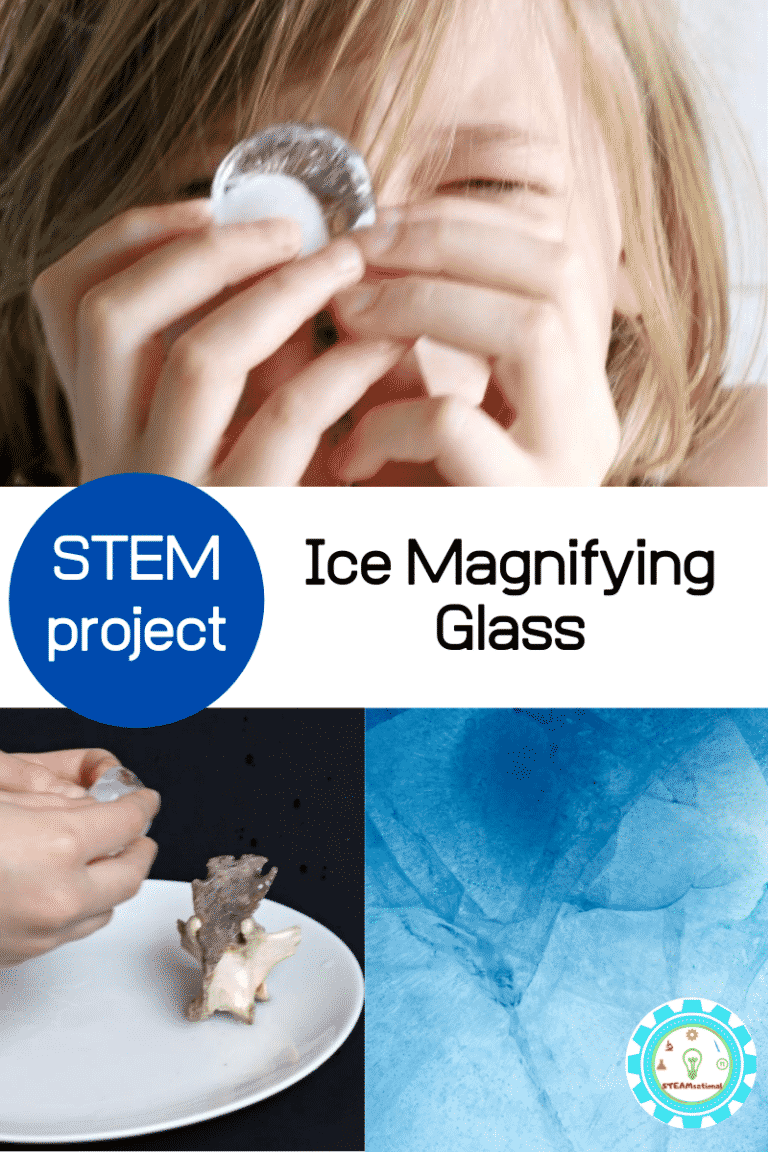
41. Peer through an ice magnifying glass
Students will certainly get a thrill out of seeing how an everyday object like a piece of ice can be used as a magnifying glass. Be sure to use purified or distilled water since tap water will have impurities in it that will cause distortion.
Learn more: Ice Magnifying Glass
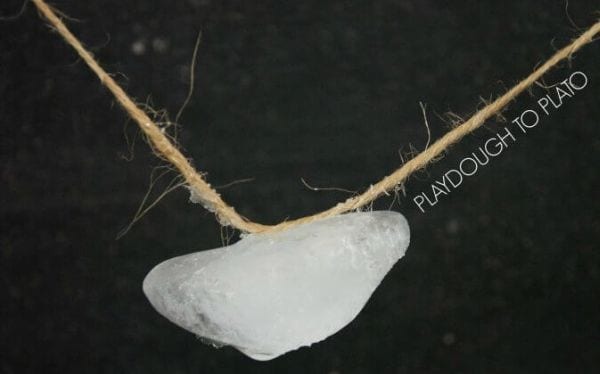
42. String up some sticky ice
Can you lift an ice cube using just a piece of string? This quick experiment teaches you how. Use a little salt to melt the ice and then refreeze the ice with the string attached.
Learn more: Sticky Ice
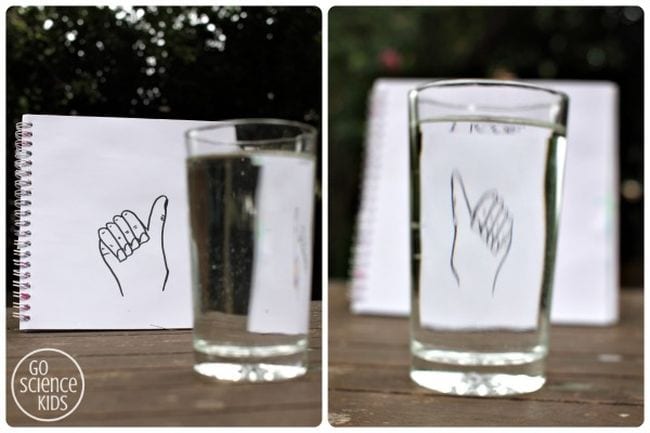
43. “Flip” a drawing with water
Light refraction causes some really cool effects, and there are multiple easy science experiments you can do with it. This one uses refraction to “flip” a drawing; you can also try the famous “disappearing penny” trick .
Learn more: Light Refraction With Water
44. Color some flowers
We love how simple this project is to re-create since all you’ll need are some white carnations, food coloring, glasses, and water. The end result is just so beautiful!
45. Use glitter to fight germs
Everyone knows that glitter is just like germs—it gets everywhere and is so hard to get rid of! Use that to your advantage and show kids how soap fights glitter and germs.
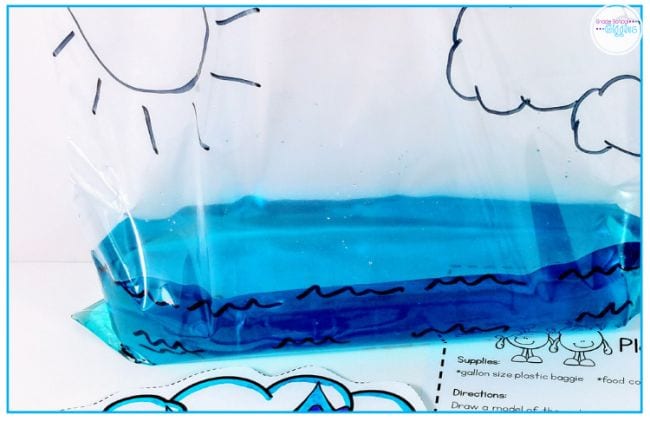
46. Re-create the water cycle in a bag
You can do so many easy science experiments with a simple zip-top bag. Fill one partway with water and set it on a sunny windowsill to see how the water evaporates up and eventually “rains” down.
Learn more: Water Cycle in a Bag and Water Cycle Lesson Slides and Video
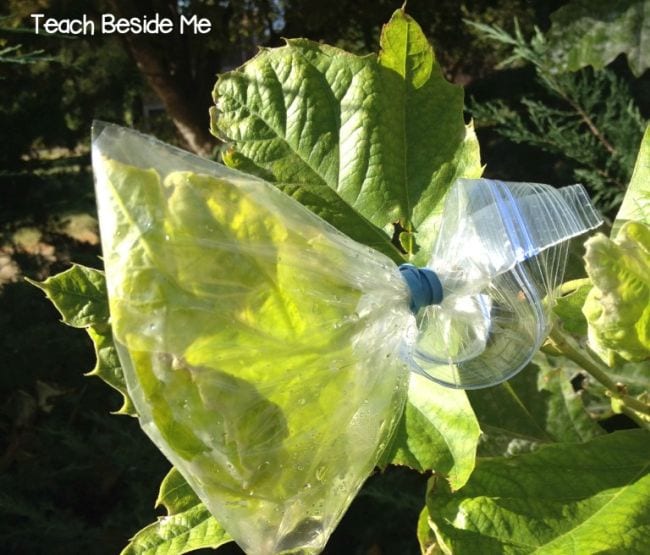
47. Learn about plant transpiration
Your backyard is a terrific place for easy science experiments. Grab a plastic bag and rubber band to learn how plants get rid of excess water they don’t need, a process known as transpiration.
Learn more: Plant Transpiration
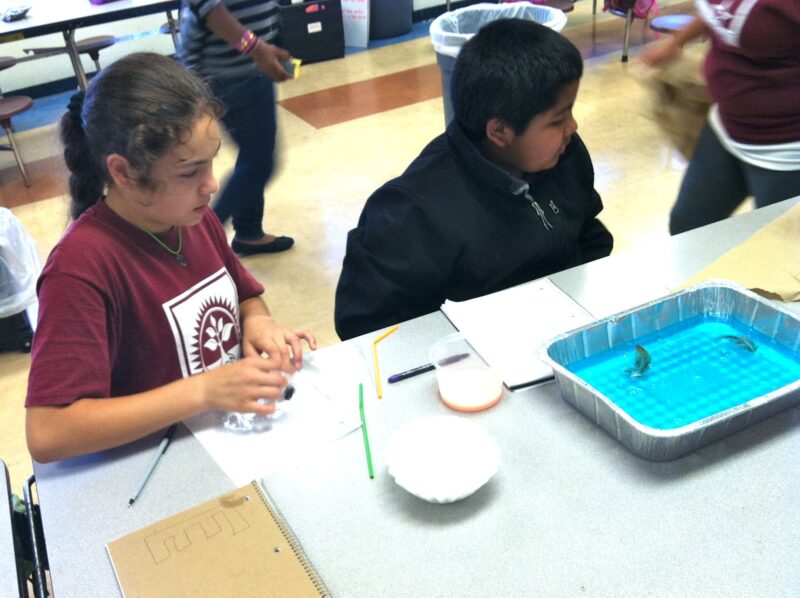
48. Clean up an oil spill
Before conducting this experiment, teach your students about engineers who solve environmental problems like oil spills. Then, have your students use provided materials to clean the oil spill from their oceans.
Learn more: Oil Spill
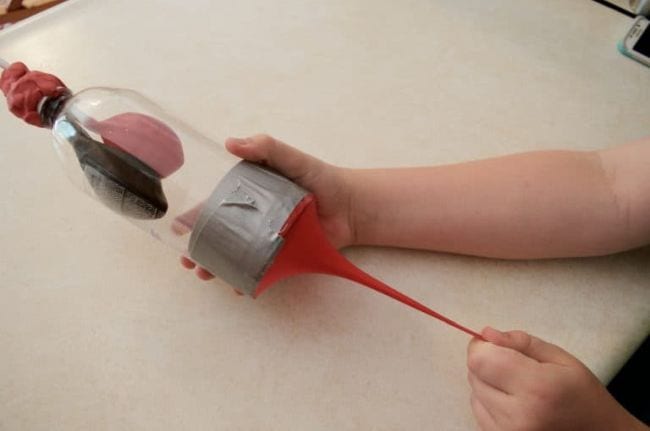
49. Construct a pair of model lungs
Kids get a better understanding of the respiratory system when they build model lungs using a plastic water bottle and some balloons. You can modify the experiment to demonstrate the effects of smoking too.
Learn more: Lung Science Experiment
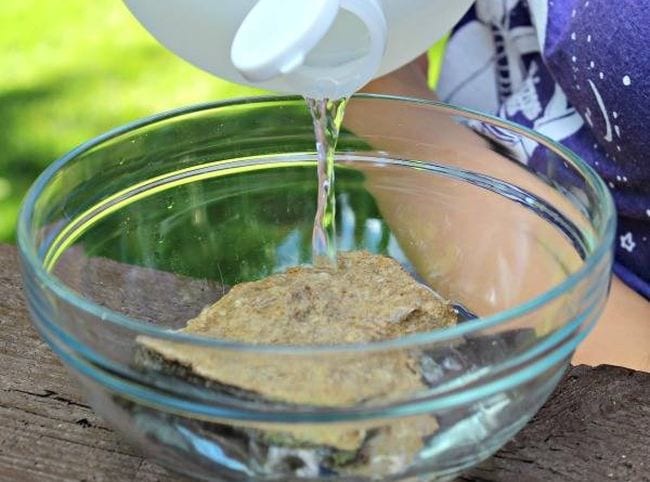
50. Experiment with limestone rocks
Kids love to collect rocks, and there are plenty of easy science experiments you can do with them. In this one, pour vinegar over a rock to see if it bubbles. If it does, you’ve found limestone!
Learn more: Limestone Experiments
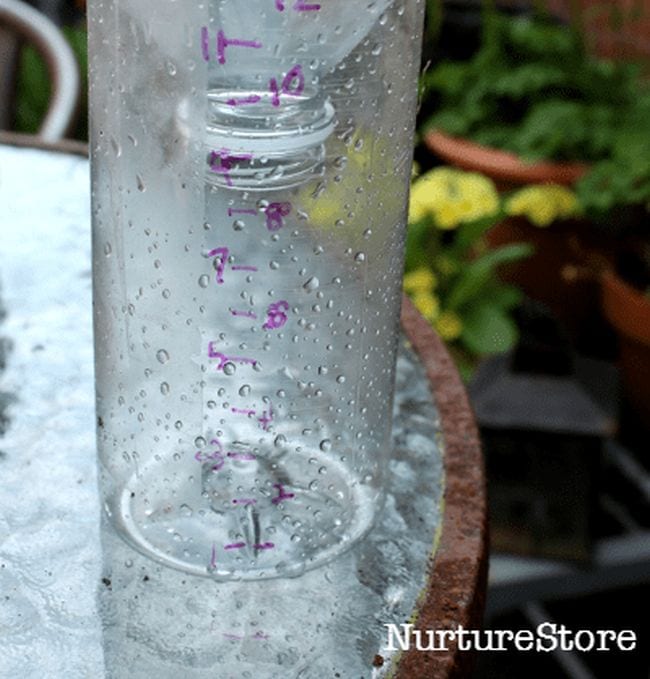
51. Turn a bottle into a rain gauge
All you need is a plastic bottle, a ruler, and a permanent marker to make your own rain gauge. Monitor your measurements and see how they stack up against meteorology reports in your area.
Learn more: How To Make a Rain Gauge
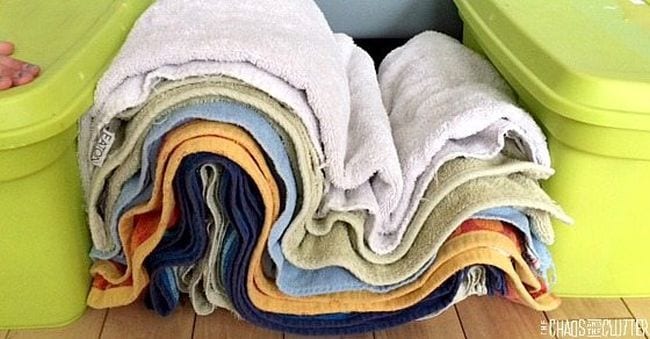
52. Build up towel mountains
This clever demonstration helps kids understand how some landforms are created. Use layers of towels to represent rock layers and boxes for continents. Then pu-u-u-sh and see what happens!
Learn more: Towel Mountains
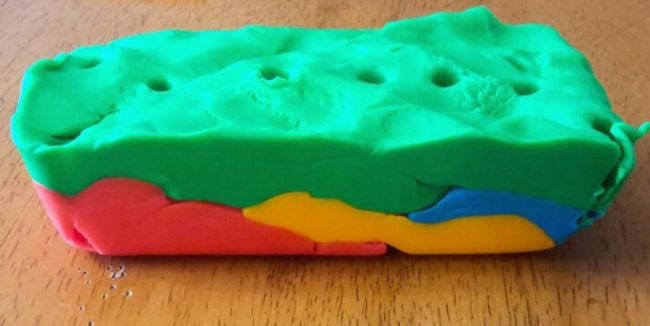
53. Take a play dough core sample
Learn about the layers of the earth by building them out of play dough, then take a core sample with a straw. ( Love Play-Doh? Get more learning ideas here. )
Learn more: Play Dough Core Sampling
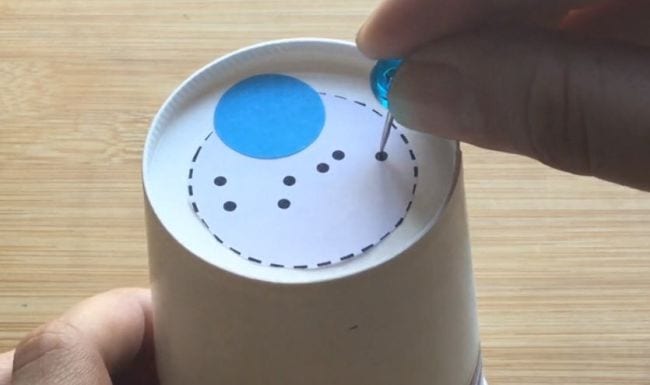
54. Project the stars on your ceiling
Use the video lesson in the link below to learn why stars are only visible at night. Then create a DIY star projector to explore the concept hands-on.
Learn more: DIY Star Projector
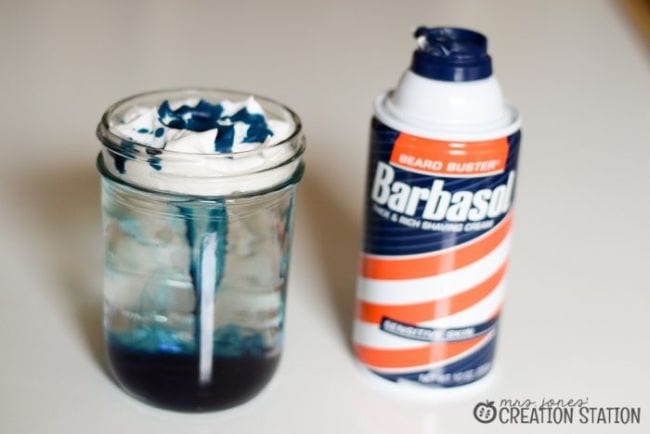
55. Make it rain
Use shaving cream and food coloring to simulate clouds and rain. This is an easy science experiment little ones will beg to do over and over.
Learn more: Shaving Cream Rain
56. Blow up your fingerprint
This is such a cool (and easy!) way to look at fingerprint patterns. Inflate a balloon a bit, use some ink to put a fingerprint on it, then blow it up big to see your fingerprint in detail.
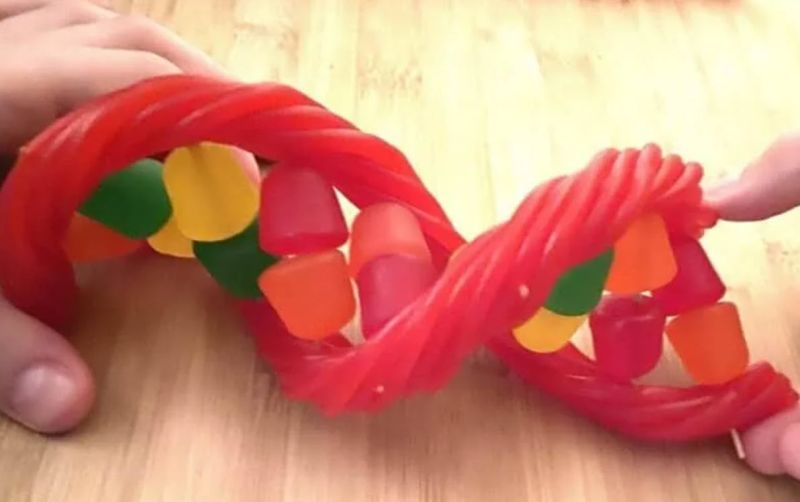
57. Snack on a DNA model
Twizzlers, gumdrops, and a few toothpicks are all you need to make this super-fun (and yummy!) DNA model.
Learn more: Edible DNA Model
58. Dissect a flower
Take a nature walk and find a flower or two. Then bring them home and take them apart to discover all the different parts of flowers.
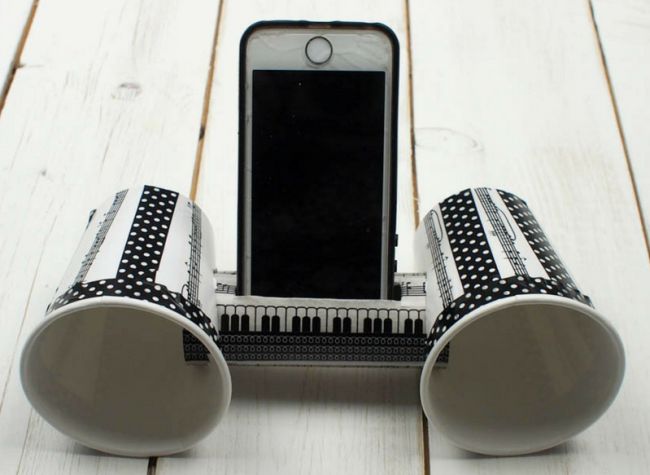
59. Craft smartphone speakers
No Bluetooth speaker? No problem! Put together your own from paper cups and toilet paper tubes.
Learn more: Smartphone Speakers
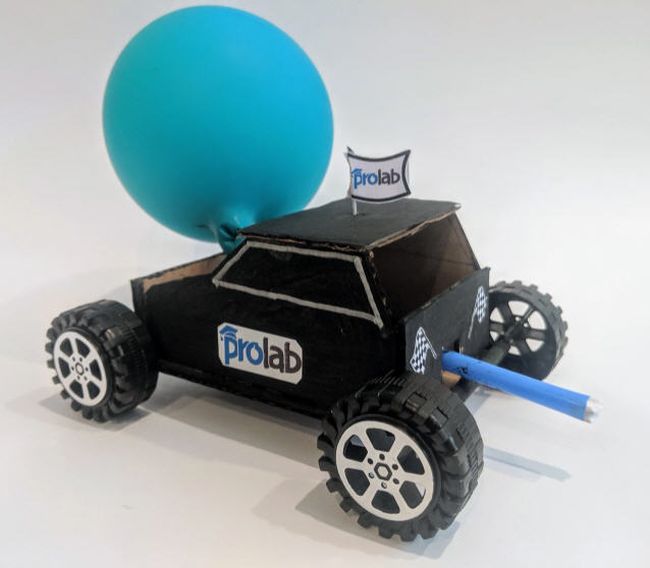
60. Race a balloon-powered car
Kids will be amazed when they learn they can put together this awesome racer using cardboard and bottle-cap wheels. The balloon-powered “engine” is so much fun too.
Learn more: Balloon-Powered Car
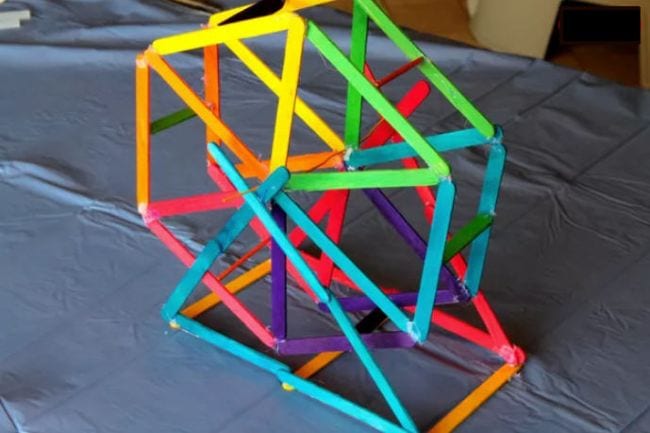
61. Build a Ferris wheel
You’ve probably ridden on a Ferris wheel, but can you build one? Stock up on wood craft sticks and find out! Play around with different designs to see which one works best.
Learn more: Craft Stick Ferris Wheel
62. Design a phone stand
There are lots of ways to craft a DIY phone stand, which makes this a perfect creative-thinking STEM challenge.
63. Conduct an egg drop
Put all their engineering skills to the test with an egg drop! Challenge kids to build a container from stuff they find around the house that will protect an egg from a long fall (this is especially fun to do from upper-story windows).
Learn more: Egg Drop Challenge Ideas
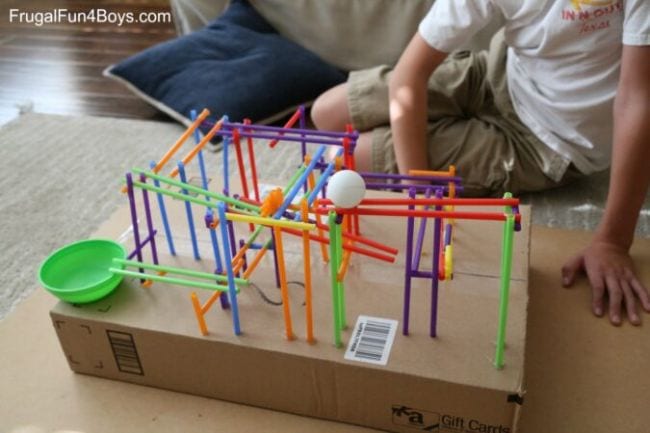

64. Engineer a drinking-straw roller coaster
STEM challenges are always a hit with kids. We love this one, which only requires basic supplies like drinking straws.
Learn more: Straw Roller Coaster
65. Build a solar oven
Explore the power of the sun when you build your own solar ovens and use them to cook some yummy treats. This experiment takes a little more time and effort, but the results are always impressive. The link below has complete instructions.
Learn more: Solar Oven (Guide + Printable Reflection Sheet)
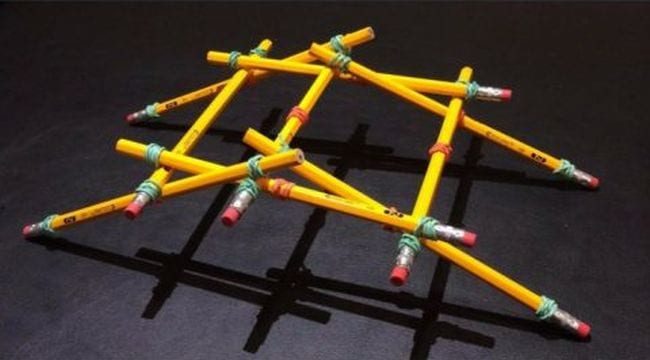
66. Build a Da Vinci bridge
There are plenty of bridge-building experiments out there, but this one is unique. It’s inspired by Leonardo da Vinci’s 500-year-old self-supporting wooden bridge. Learn how to build it at the link, and expand your learning by exploring more about Da Vinci himself.
Learn more: Da Vinci Bridge
67. Step through an index card
This is one easy science experiment that never fails to astonish. With carefully placed scissor cuts on an index card, you can make a loop large enough to fit a (small) human body through! Kids will be wowed as they learn about surface area.
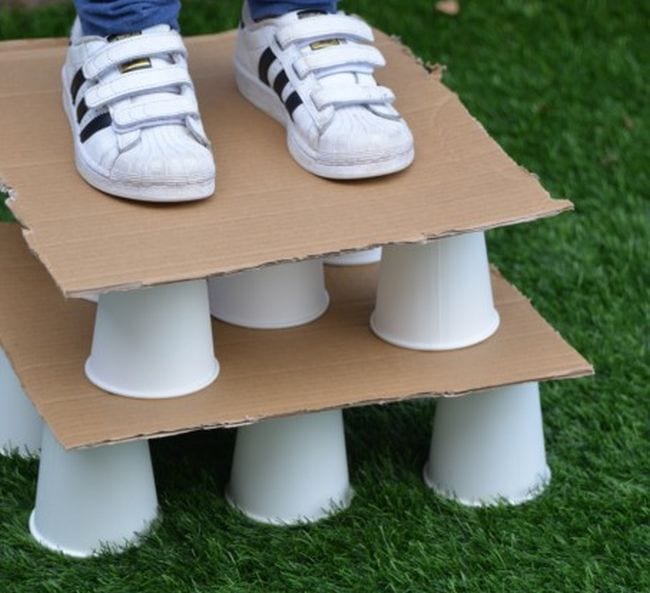
68. Stand on a pile of paper cups
Combine physics and engineering and challenge kids to create a paper cup structure that can support their weight. This is a cool project for aspiring architects.
Learn more: Paper Cup Stack
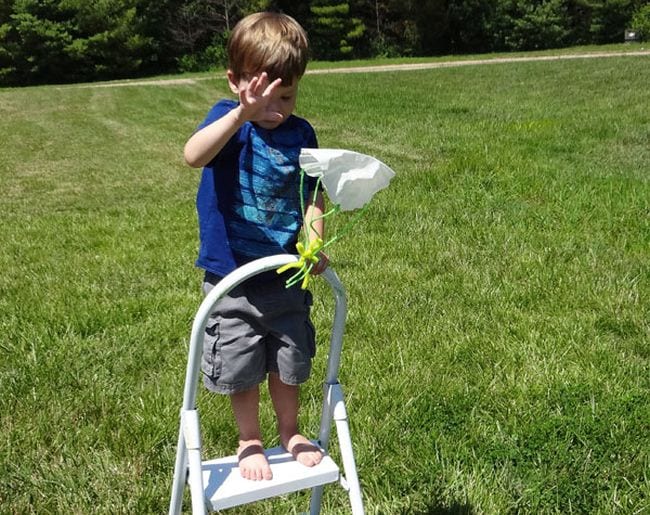
69. Test out parachutes
Gather a variety of materials (try tissues, handkerchiefs, plastic bags, etc.) and see which ones make the best parachutes. You can also find out how they’re affected by windy days or find out which ones work in the rain.
Learn more: How To Make a Parachute

70. Recycle newspapers into an engineering challenge
It’s amazing how a stack of newspapers can spark such creative engineering. Challenge kids to build a tower, support a book, or even build a chair using only newspaper and tape!
Learn more: Newspaper STEM Challenge
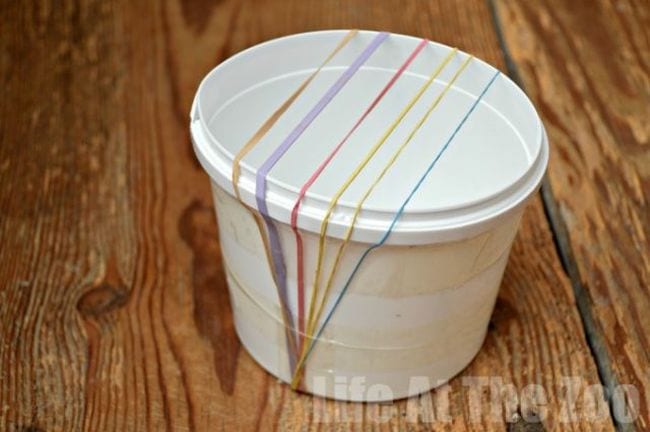
71. Use rubber bands to sound out acoustics
Explore the ways that sound waves are affected by what’s around them using a simple rubber-band “guitar.” (Kids absolutely love playing with these!)
Learn more: Sound Experiment
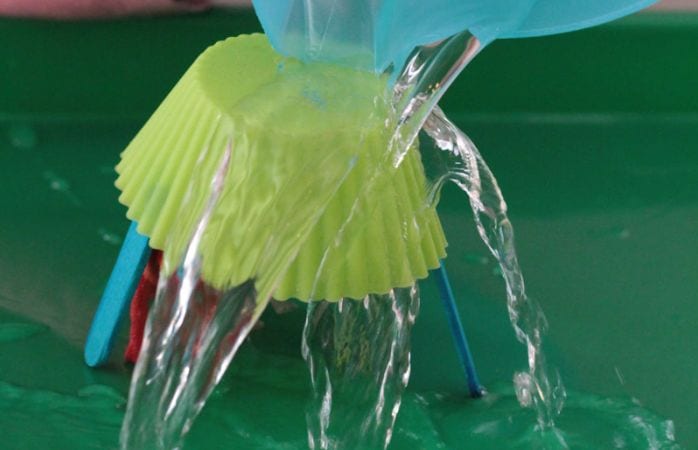
72. Assemble a better umbrella
Challenge students to engineer the best possible umbrella from various household supplies. Encourage them to plan, draw blueprints, and test their creations using the scientific method.
Learn more: Umbrella STEM Challenge
73. Grow rock candy
Turn science into a sweet treat by making rock candy. Dissolve sugar in hot water to create a solution, then let it cool as crystals slowly form on a stick or string. The best part is that the kids get to eat their experiment when it’s done!
74. Create a rain cloud in a jar
Bring weather science indoors with this fun hands-on project. Use shaving cream to mimic clouds and add drops of food coloring to simulate rain. It’s a great way to explore the water cycle without even having to step outside!
75. Brighten up with rainbow celery
Make your science lesson more vibrant with a splash of color. Drop celery stalks into glasses of water with food dye, and watch as the beautiful colors travel up through the stems.
76. Safely view a solar eclipse
Teach your students about the solar eclipse, and help them safely view this exciting event with just a few simple materials.
Learn more: Solar Eclipse Viewer (Guide + Printable Reflection Sheet)
Get your free printable science experiment recording sheet!
Just fill out the form on this page to get instant access to your free printable experiment recording sheet.
Plus, visit our science hub for everything science for grades K-12!
Sign up for our newsletters to get all the latest learning ideas straight to your inbox..
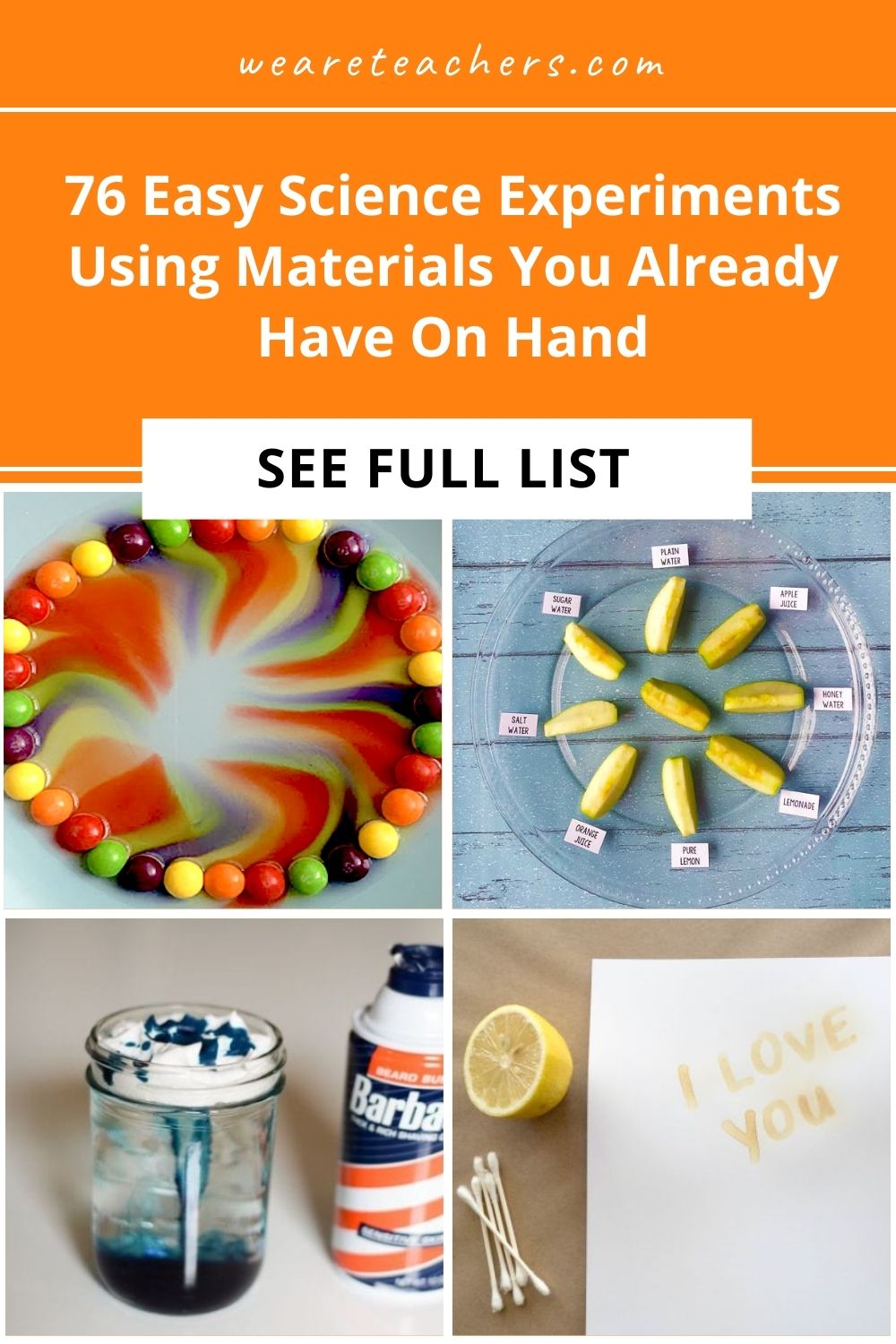
You Might Also Like
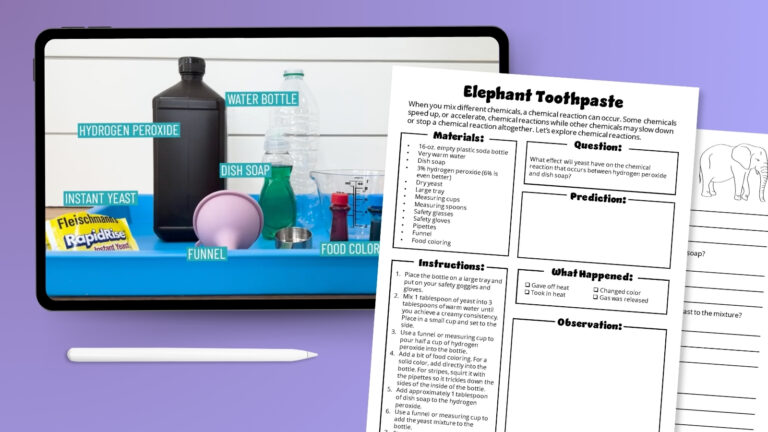
Elephant Toothpaste Experiment: How-To Plus Free Worksheet
Heat things up with this larger-than-life science lesson. Continue Reading
Copyright © 2024. All rights reserved. 5335 Gate Parkway, Jacksonville, FL 32256
Get Your ALL ACCESS Shop Pass here →

20 Fun and Easy 5-Minute Science Experiments for Kids
Let’s go for the instant wow with fantastic, mind-blowing experiments! These 5 minute science experiments are a fantastic way to introduce science concepts to kids of all ages. Each activity is easy to set up with everyday materials and perfect for a quick mini-lesson!

5 Minute Easy Science Experiments
Below, you’ll find 20 fun, 5 minute science experiments ideal for grades K-5 . They’re simple enough for younger kids but can be adapted for older kids, making them great for mixed-age groups. Plus, I’ve added tips to make science with kids even easier! These might seem like magic tricks, but plenty of fantastic science is involved.
💡 For younger kids (kindergarten to 2nd grade) , the focus should be on making the activities simple, fun, and visually engaging while introducing basic scientific concepts in easy-to-understand terms.
💡 For older kids (3rd to 5th grade) , you can add science vocabulary surrounding the explored concept, such as surface tension, reaction rates, density, and solubility. Each of the experiments below will further explain the science behind the experiment.
1. Magic Milk Experiment
Grade Level : K-5 Pour whole milk into a shallow dish and add a few drops of food coloring near the center. Dip a cotton swab in dish soap and touch it to the milk’s surface. Watch as the colors swirl and dance around! This experiment introduces the concept of surface tension and the role of fat molecules in milk.
2. Balloon and Static Electricity
Grade Level : K-3 Rub a balloon or wool on your hair, then use the static charge to move small paper pieces or bend a stream of water. It’s a simple way to introduce static electricity and how charges interact.
3. Dancing Raisins
Grade Level : K-3 Drop raisins into a glass of soda and watch them “dance” as carbon dioxide bubbles lift them to the surface. This fun experiment introduces buoyancy and gas behavior.
4. Baking Soda and Vinegar Reaction
Grade Level : K-5 Mix baking soda and vinegar for an instant fizzing reaction! It’s a great introduction to chemical reactions between acids and bases; kids love the bubbly effect.
5. Paper Towel Chromatography
Grade Level : 2-5 Draw circles with washable markers near the bottom of a paper towel, dip the edge in water, and watch as the colors separate. It’s an easy way to explore how different molecules move through a material.
6. Skittles Rainbow
Grade Level : K-3 Arrange Skittles in a circle on a plate and pour warm water in the middle. Watch as the colors dissolve into a beautiful rainbow. This is a simple way to show how solubility works.
7. Lava Lamp Experiment
Grade Level : 3-5 Mix oil, water, food coloring, and an effervescent tablet in a glass to create a bubbling lava lamp effect. This experiment introduces the concept of immiscible liquids and gas formation.
8. Invisible Ink
Grade Level : 3-5 Write secret messages with lemon juice, then reveal them by holding the paper near a light bulb. This fun activity introduces how heat can cause chemical changes.
9. Soap-Powered Boat
Grade Level : K-3 Cut a small boat shape from cardstock, place it on water, and add a drop of dish soap. Watch it zoom across the surface as soap reduces the water’s surface tension.
10. Pepper and Water Trick
Grade Level : K-5 Sprinkle pepper on water, then dip a soap-covered finger into it. The pepper scatters as the soap breaks the surface tension. This is a fun way to show how molecules behave in water.

11. Blowing Up a Balloon with Baking Soda and Vinegar
Grade Level : K-5 Using a bottle, baking soda, vinegar, and a balloon, show how the chemical reaction creates gas that fills the balloon. This is an easy and exciting way to visualize gas production during a reaction.
12. Screaming Balloon
Grade Level: 2-5 Make a balloon scream! Blow up a balloon and place a hex nut inside, then spin the balloon in a circular motion. The nut makes a “screaming” noise as it vibrates inside the balloon, introducing kids to sound waves and vibration. This experiment is a quick and fun way to explore how sound is created by movement and interaction with objects.
13. Penny Drop Water Experiment
Grade Level : 2-5 Using a penny, a dropper, and water, see how many drops of water can fit on a penny before spilling over. This simple experiment demonstrates surface tension and cohesion.
14. Rubber Band Sound Experiment
Grade Level : K-3 Stretch rubber bands around an empty tissue box and pluck them to make different sounds. Discuss how the tension of the bands affects the pitch, introducing the basics of sound waves.
15. Cloud in a Jar
Grade Level : 3-5 Fill a jar with hot water, then spray hairspray inside and cover it with ice cubes. Watch as a cloud forms inside the jar. This activity introduces kids to the concept of condensation and how clouds form.
16. Toothpick Star Experiment
Grade Level : 1-5 Bend toothpicks and arrange them into a star shape. Add a few drops of water to the center, and watch the star “magically” open! For younger kids, focus on the fun shape change, and for older students, explain how the water moves through the toothpicks by surface tension , making the star expand.
17. Density Jar Column
Grade Level: 3-5 Pour layers of different liquids, such as honey, dish soap, water, oil, and rubbing alcohol, into a clear glass, being careful not to mix them. Watch as each liquid forms a distinct layer based on its density. Kids can then drop small objects, like beads, into the column to see which layers they float or sink in.
18. Egg in a Bottle
Grade Level: 3-5 This classic experiment demonstrates air pressure and how temperature changes can create a vacuum effect, drawing the egg into the bottle.
19. Homemade Slime
Grade Level: K-5 This hands-on experiment demonstrates how chemical bonds form when ingredients react to create a stretchy, non-Newtonian substance. Kids can explore how adding more or less saline solution affects the slime’s texture, providing a fun introduction to polymers and chemical reactions
20: Water Refraction Experiment
Grade Level: K-5 This simple experiment introduces kids to the concept of refraction—how light bends as it passes through water. For older students, you can discuss how light changes speed when it moves from one medium (air) to another (water), creating the illusion of a reversed image.

Tips for Doing Science with Kids:
💡 Want to Do More than 5 Minutes? Add in the scientific method , choose variables , and create a hypothesis .
Printable Science Projects For Kids
If you’re looking to grab all of our printable science projects in one convenient place plus exclusive worksheets and bonuses like a STEAM Project pack, our Science Project Pack is what you need! Over 300+ Pages!
- Bonus Quick Grab Packs for Biology, Earth Science, Chemistry, and Physics
- 90+ classic science activities with journal pages, supply lists, set up and process, and science information. NEW! Activity-specific observation pages!
- Best science practices posters and our original science method process folders for extra alternatives!
- Be a Collector activities pack introduces kids to the world of making collections through the eyes of a scientist. What will they collect first?
- Know the Words Science vocabulary pack includes flashcards, crosswords, and word searches that illuminate keywords in the experiments!
- My science journal writing prompts explore what it means to be a scientist!
- Bonus STEAM Project Pack: Art meets science with doable projects!

Subscribe to receive a free 5-Day STEM Challenge Guide
~ projects to try now ~.


Are you looking for fun and creative science ideas to do with the kids? Well, yay! Because that’s what this blog is all about …
Have a browse through our most recent posts below.
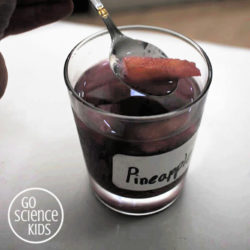
- Next Page »

Join us, as we attempt, experiment and stumble our way through fun science at home.
Thanks for stopping by. We love having you here. Go science kids!
10 Comments
Saved as a favorite, I really like your website!
Thanks Flora!
Keep this going please, great job!
Yeah,I would say the same. Great job!
My name is Erin Marie. I am a fellow blogger. I LOOOOVE your website and use it all of the time with my daughter. So, I nominated you for the Liebster Award.
You can view the nomination post here: https://luckyinluv.com/liebster-award
Thank You! Erin Marie
Thank you for your exciting, educational and easy-to-follow experiments and activities. I help run a boys’ club (ages 7 to 11) and we are always looking for activities which will make their brains work harder while their hands have a bit of fun! I am looking forward to receiving your emails with more of these science activities.
You take experiments from Home Lab App in Google play
I haven’t heard of that app, so no, I haven’t taken any of their experiments. Although, many of them are ‘common’ science experiments that are available in many science textbooks and the like, so there’s likely to be unintentional double up.
is there a way to print the snowflake activity directions without having to print 20 pages? Thanks!
Ah, yes, I’m working on adding an easy ‘print instructions’ feature. sorry it’s not up and running yet, but watch this space!
Leave a Reply Cancel reply
Your email address will not be published. Required fields are marked *
Save my name, email, and website in this browser for the next time I comment.
This site uses Akismet to reduce spam. Learn how your comment data is processed .
Science Fun
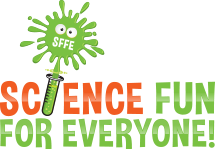
Science Experiments for Kids:
Science experiments you can do at home! Explore an ever growing list of hundreds of fun and easy science experiments. Have fun trying these experiments at home or use them for science fair project ideas. Explore experiments by category, newest experiments, most popular experiments, easy at home experiments, or simply scroll down this page for tons of awesome experiment ideas!
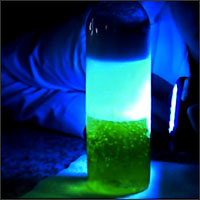
Making A Volcano:
Acids and Bases Can Erupt in Your Faces
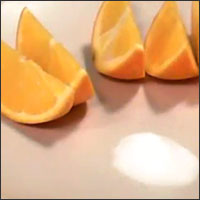
Orange Fizz:
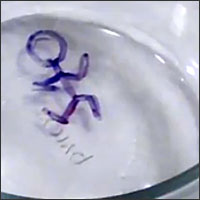
Awesome Experiments:
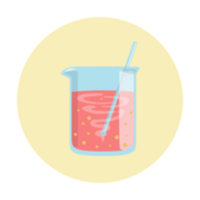
New Experiments:
Check Out Our Newest Experiments

Top Experiments:

Easy Experiments:
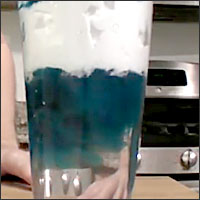
Storm In A Glass:
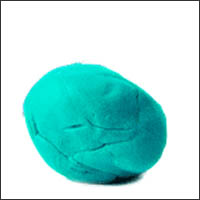
Home Made Play Dough:
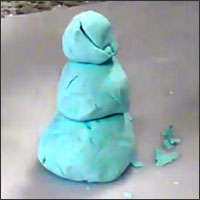
Snow Fluff:
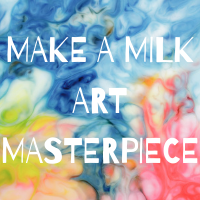
Snow Globe:
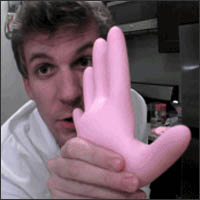
Squishy Turkeys:
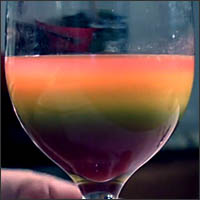
Rainbow in a Glass:
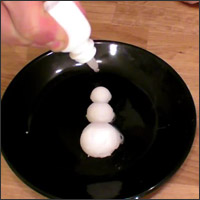
Sizzlin’ Snowballs:
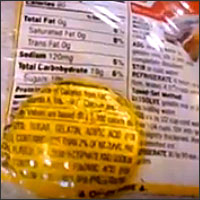
Jello Lenses:
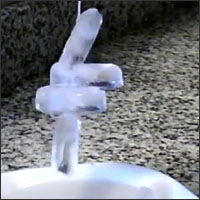
Ice Fishing:
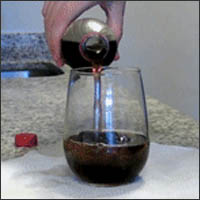
Super Cool Soda:
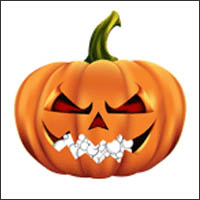
Jack-O-Cano:
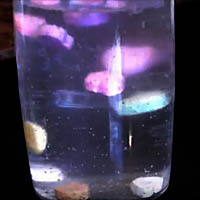
Dancing Hearts:
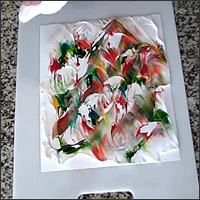
Marbled Gift Wrap:

Massive Expanding Soap:
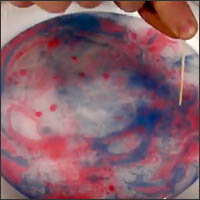
Surface Tension Art:
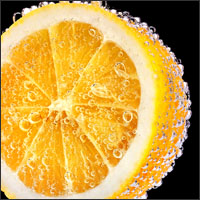
Fizzy Fruit:
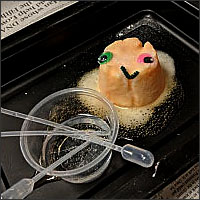
Rotting Pumpkin:
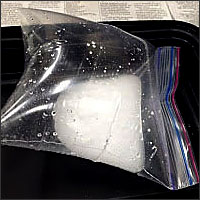
Explode A Bag:
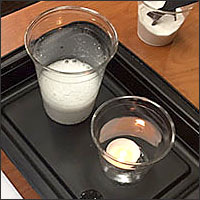
Invisible Extinguisher:
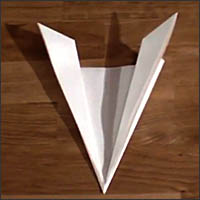
Paper Hovercrafts:
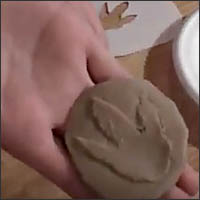
Fun Fossil Stamps:
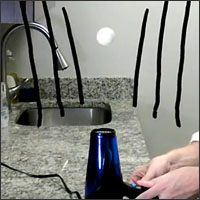
Cool Crystals:
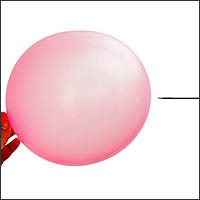
Balloon Pop! Not!
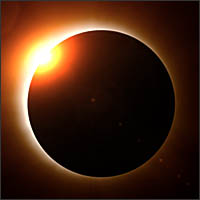
Solar Eclipse Kit:
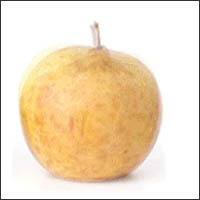
Moldy Apples:
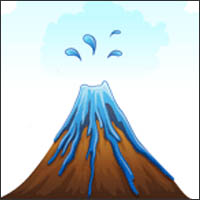
Cool Off Volcanoes:
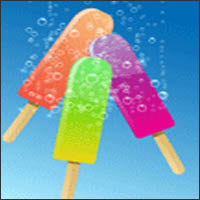
Vinegar Pops:
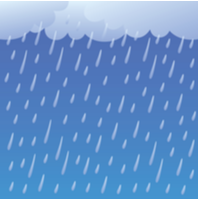
Make It Rain:
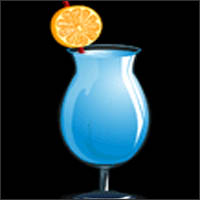
Black Light Blue Beverage:
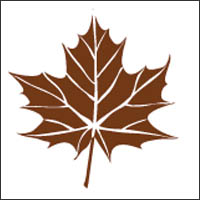
Changing of the Leaves:

Snowflakes:
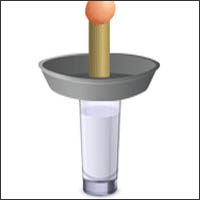
Water Fireworks:
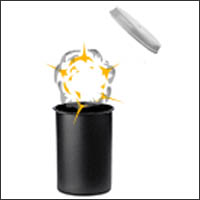
Mind of a Student:
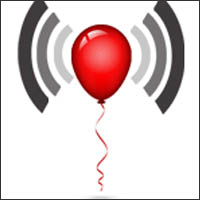
Balloon Speakers:
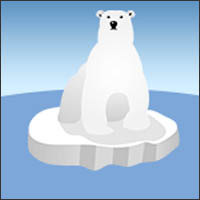
Polar Bear Blubber:
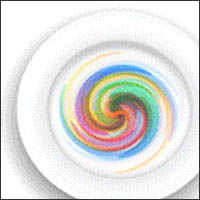
Gorgeous Gooey Gobstoppers:

Olympic Medals:
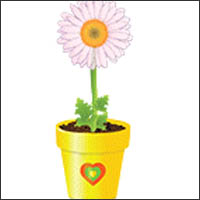
Dyed Flowers:
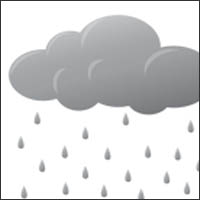
Rain, Rain, Don’t Go Away Gauge:
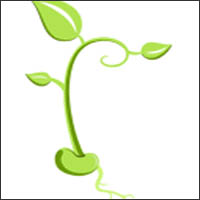
Blossoming Beans:
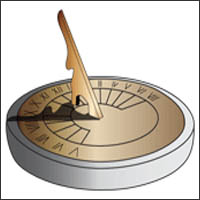
Butter Fingers:
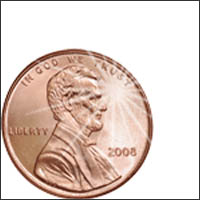
Polishing Pennies:

Dancing Liquid:
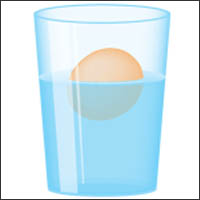
Floating Egg:
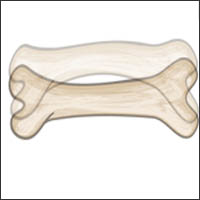
Bendy Bones:
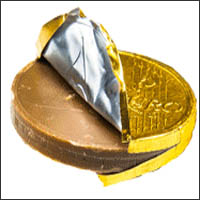
Pot Of Gold:
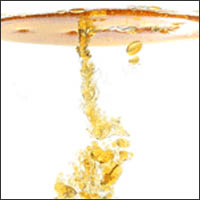
Layers of Liquids:
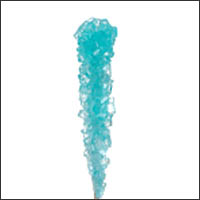
Crystal Candy:
- Skip to primary navigation
- Skip to main content
- Skip to primary sidebar

- FREE Experiments
- Kitchen Science
- Climate Change
- Egg Experiments
- Fairy Tale Science
- Edible Science
- Human Health
- Inspirational Women
- Forces and Motion
- Science Fair Projects
- STEM Challenges
- Science Sparks Books
- Contact Science Sparks
- Science Resources for Home and School
Great Science Experiments for Kids
August 19, 2018 By Emma Vanstone 10 Comments
I’ve found my 5 year old to be incredibly curious at the moment, always asking questions and wanting to know how things work. Even something as simple as a rain gauge has been VERY exciting for her. With that in mind I’ve pulled together a list of great science experiments for kids of all ages! The age ranges mentioned in this post are just a guide, most science is fun for all ages if you tweak the activity a little bit.
I’ve also got a couple of science books available if you fancy taking a look.
Science Experiments for 4-6 Year Olds
Bubble snakes.
B ubble snakes are very easy to make. Try blowing harder and then more slowly, and look for rainbows in the bubbles.
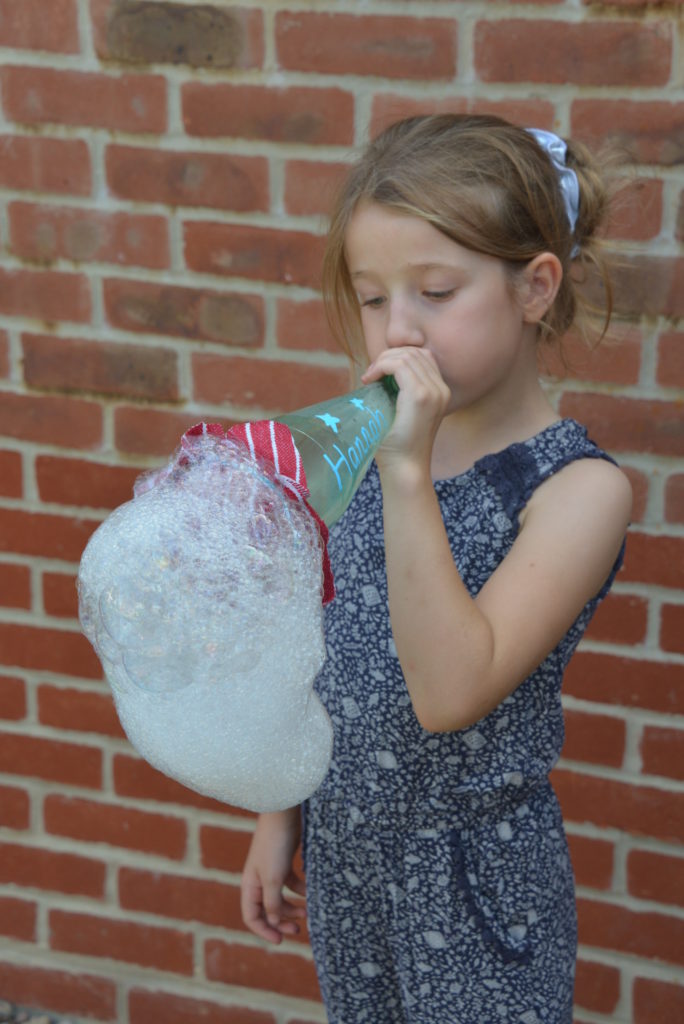
Paint on Ice
Ice painting has always kept my children busy for ages. Another idea is to freeze a 3D shape and paint that. Cake moulds work really well for this.
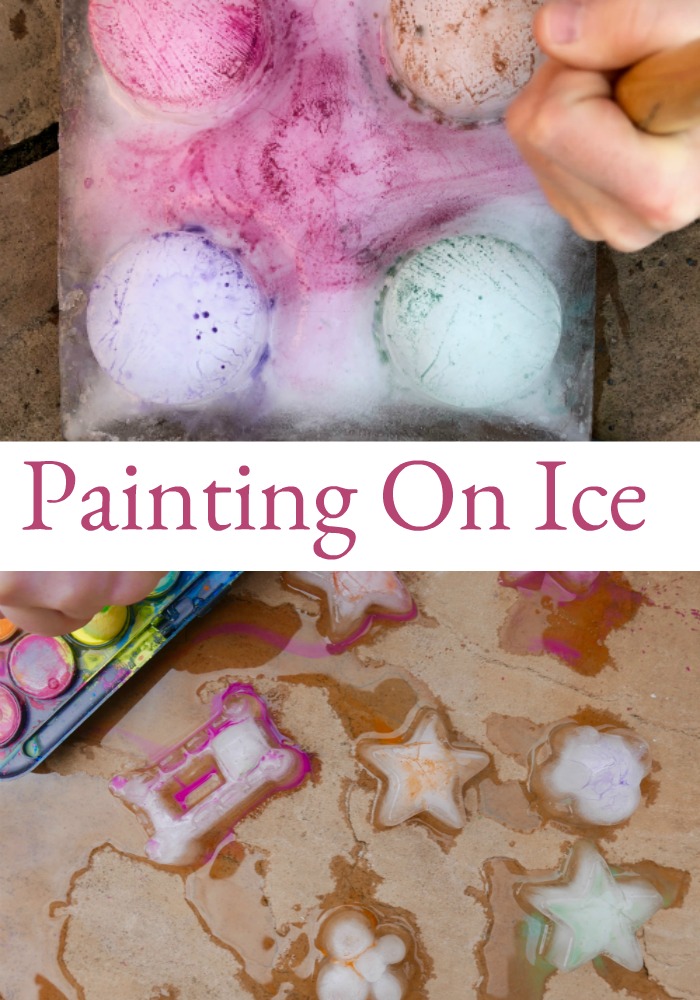
Filter Paper Butterflies
Make filter paper butterflies . This fun, creative chromatography experiment is great for younger children. Ink spreading through filter paper opens the door to lots of questions, and the fact that the dry filter paper can be turned into a craft is an added bonus.
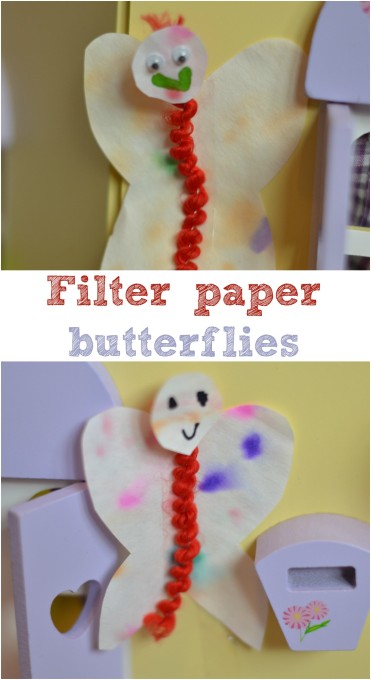
Superhero Cressheads
These superhero themed cress heads are super cute and perfect for learning about germination.
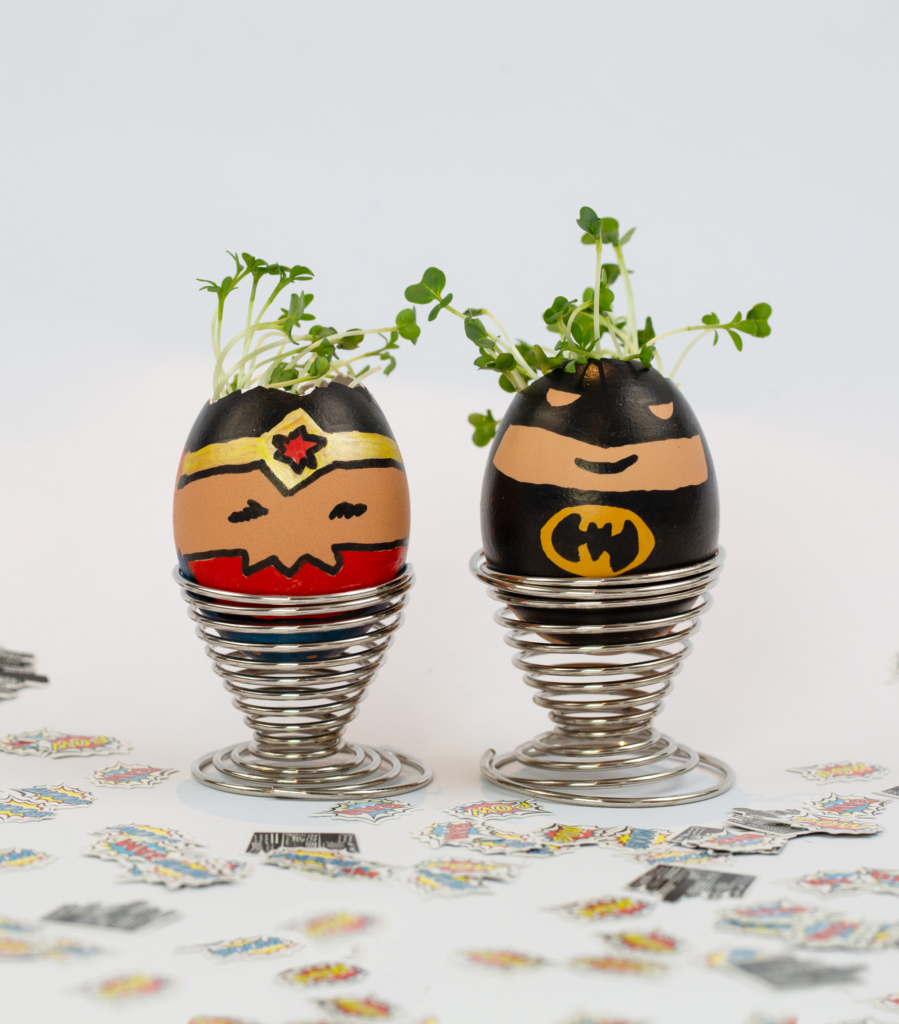
How many feet tall are you?
Find out how many of your own feet tall you are. Is there a pattern?
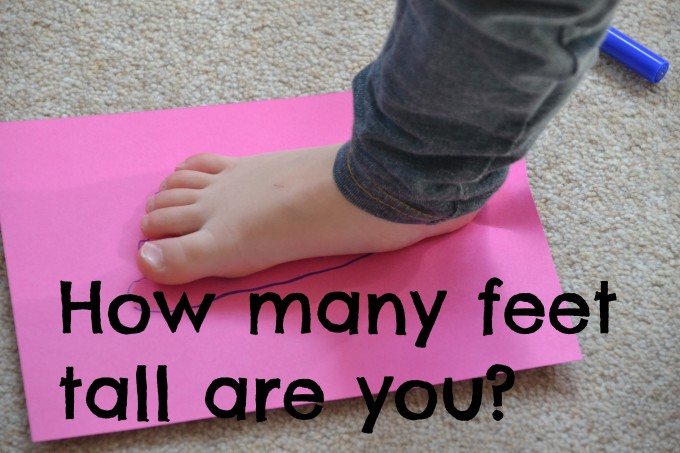
What’s inside the body?
Children can learn abour what’s inside their body by drawing around themselves or a friend on a roll of paper and then adding in a skeleton or even organs.
Pine cone weather station
A pine cone weather station is a fun way to learn about the weather. Thanks to Rainy Day Mum for this one.
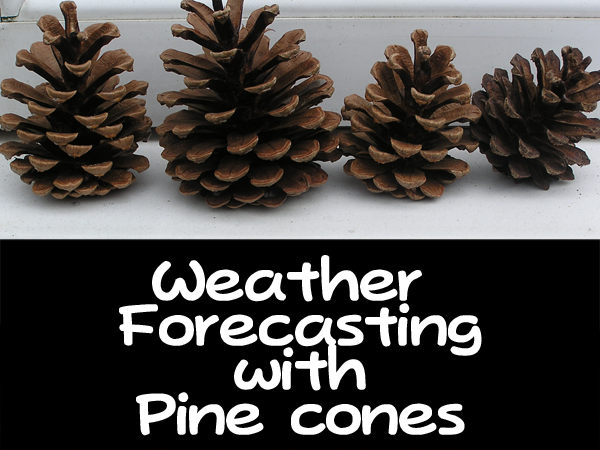
Static electricity and jumping frogs
Learn about static electricity with jumping frogs . The frogs are cut out from tissue paper and jump up the balloon when it’s charged with static electricity.
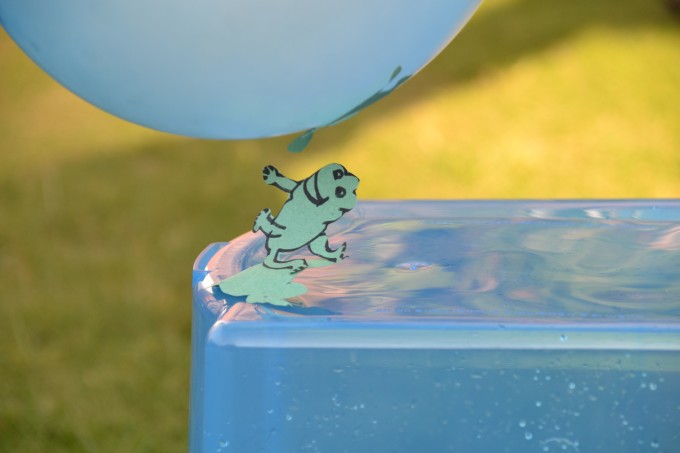
Optical illusion
Trick your eyes with a super easy optical illusion . Optical illusions are fantastic because they can be themed in lots of different ways. We’ve made a fish in a tank, Santa in a chimney, and a face on a pumpkin.
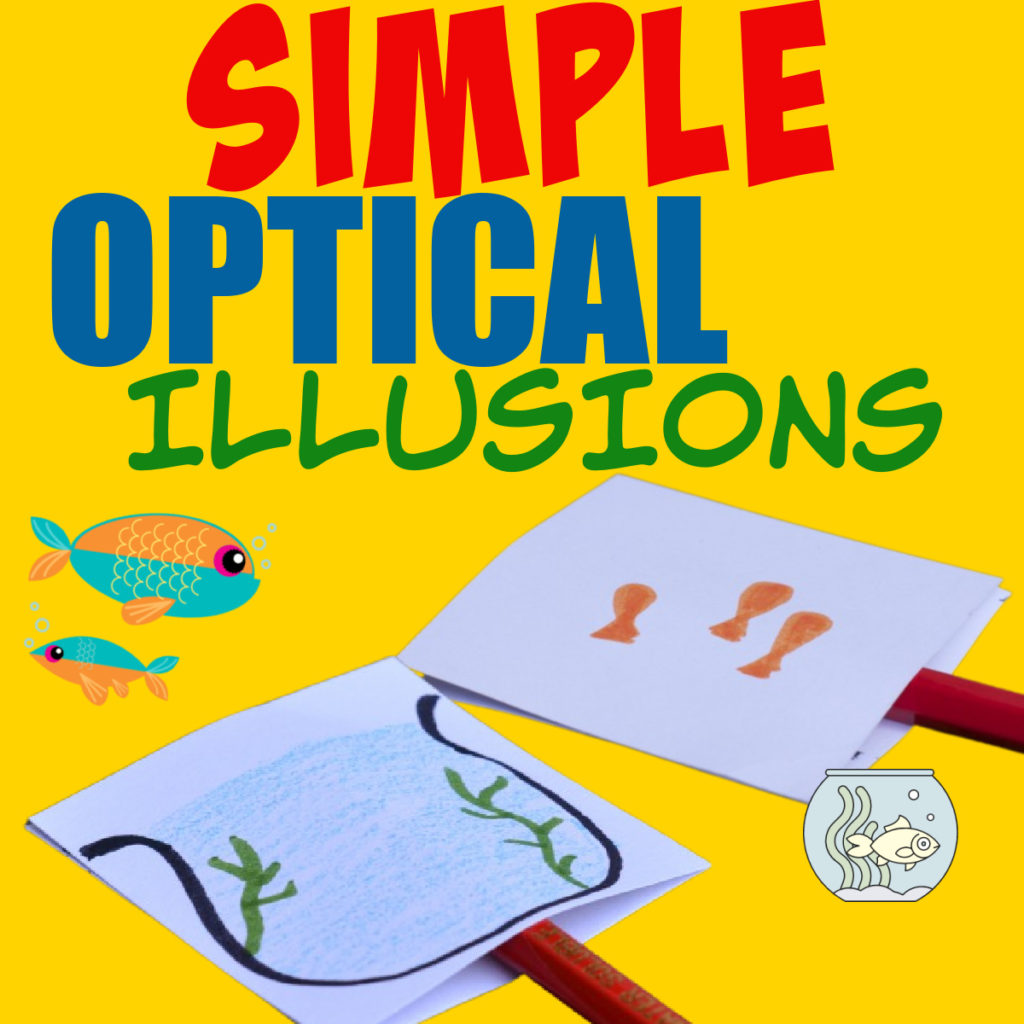
Bubble wands
Another activity that inspires a lot of questions from younger children is creating bubbles from differently shaped bubble wands.

Waterproofing activity
Learn about waterproof materials with this fun activity using soft toys or try my Save the Dinosaur waterproofing activity .
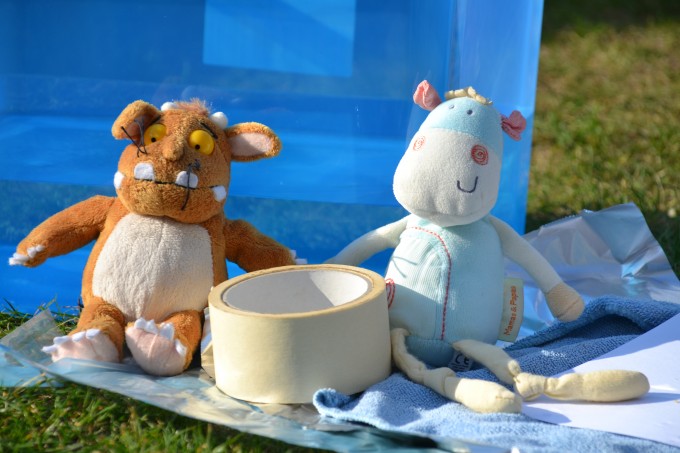
Make a magnet maze and learn about magnetism . Can you make a huge version?
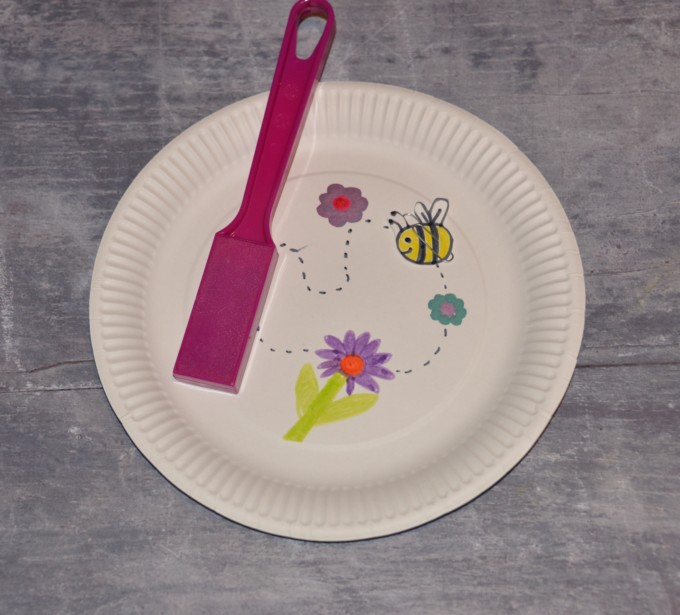
Explore freezing and melting with slushy drinks, you could even try some colour mixing.
Make some coloured ice cubes for more fizzy fun or how about some coloured rocks ?
Find out about arm span and its relation to height in this easy activity.
Make some s hadow puppets or a shadow frame and then put on a show. What happens to the shadow when you move it away from the light source?
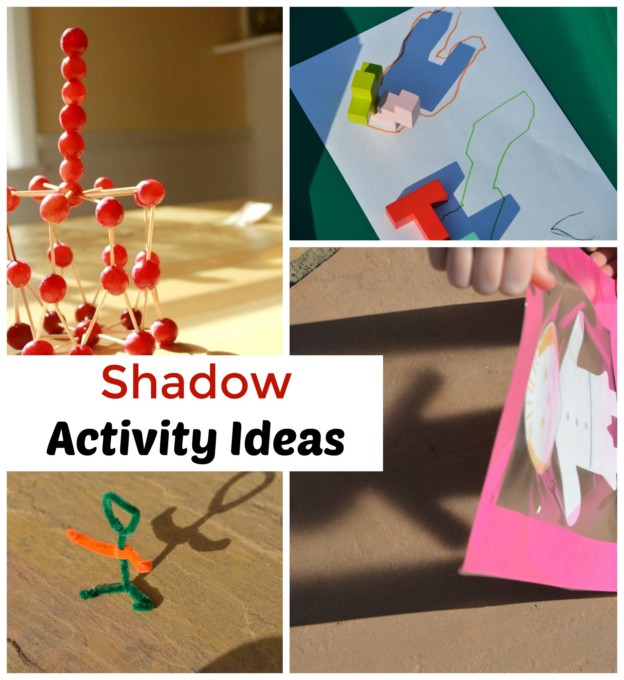
Make mixture with toys . This is great for starting to lean about properties of materials.
Try some colour mixing with jelly .
Sort Ariel’s treasures into groups depending on their properties.
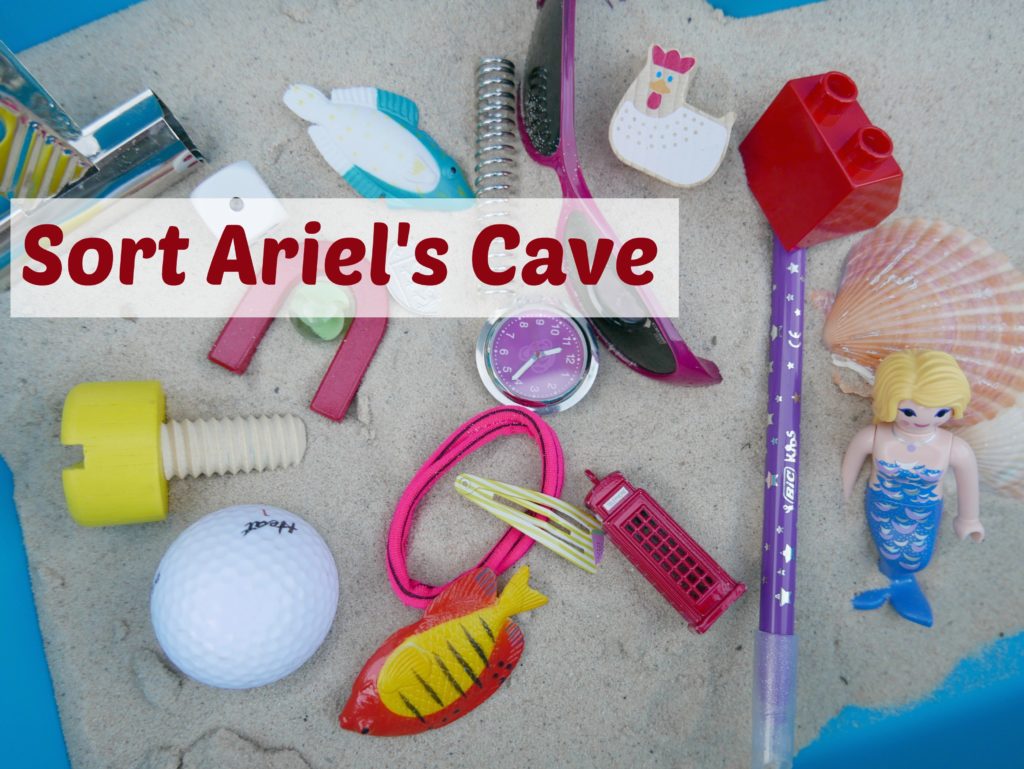
Start to learn about what conditions green plants need to grow with this cress caterpillar .
Have some messy fun with oobleck !
Make some simple patterns using DUPLO.
How about setting up a chemistry lab in the kitchen? all you need is some coloured water, oil and pipettes.
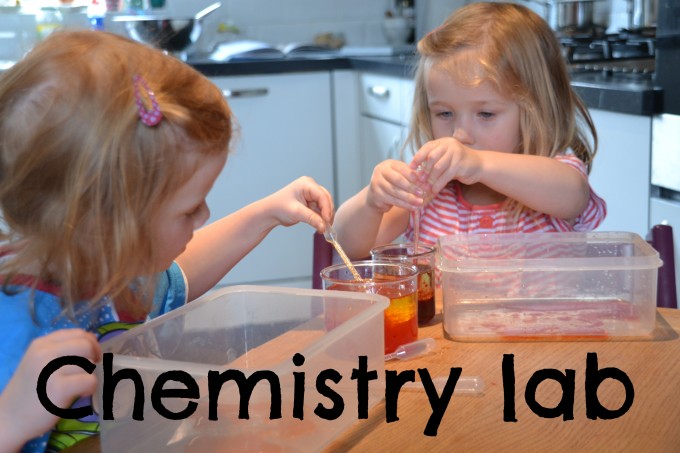
Science Experiments for 7-11 Year olds
Try a bit of science magic? Can you make an egg bounce ?

Learn about oil and water not mixing and density with this density jar . Experiment with different objects floating on the layers to make it more fun. What happens when you shake it?

How about making some simple ‘shooters ‘ like Red Ted Art , what happens to them when it’s windy? Do they move further if you blow harder?
We LOVE these candy science experiments !
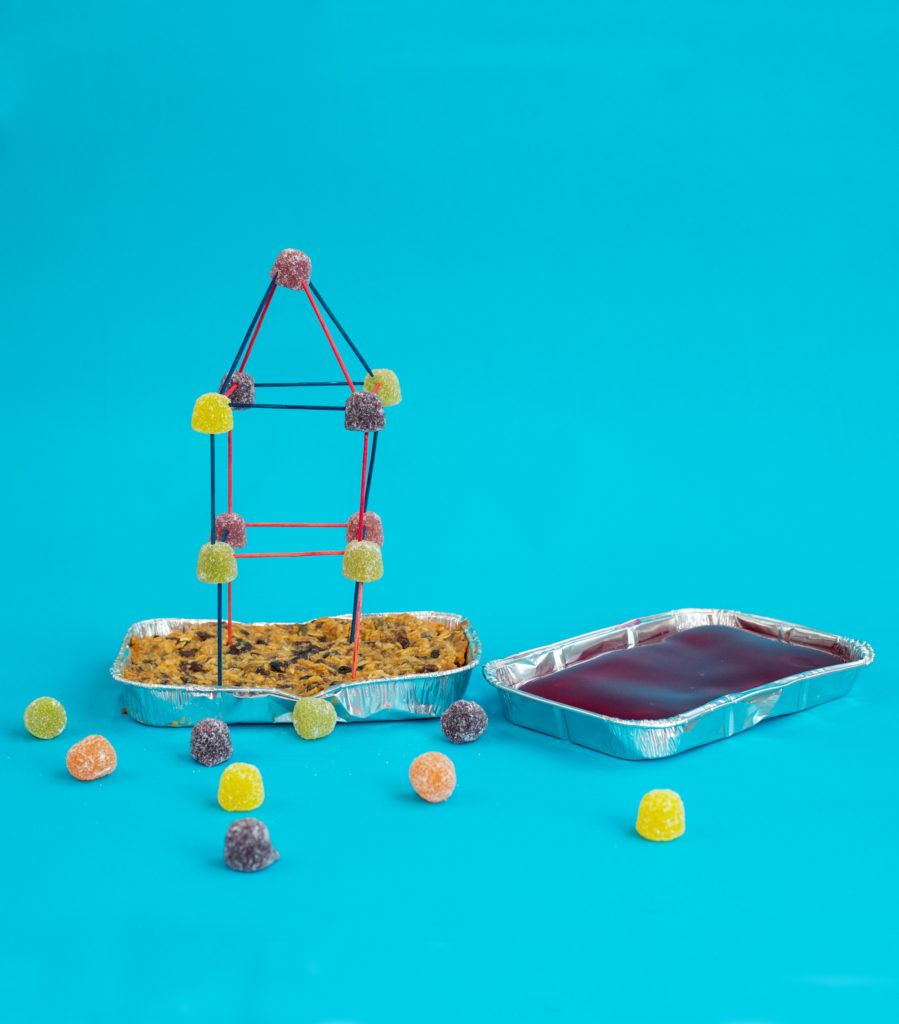
Learn how to clean dirty water using filters or design and build a toy filter .
If there’s a Science Fair coming up, we’ve got lots of easy and impressive science fair projects to try too!
Find out what makes the best sandcastle? Is dry or wet sand better?
More great science experiments for kids
Adult help is definitely needed for this one, but a Water Powered Bottle Rocket is always a big hit in our house.
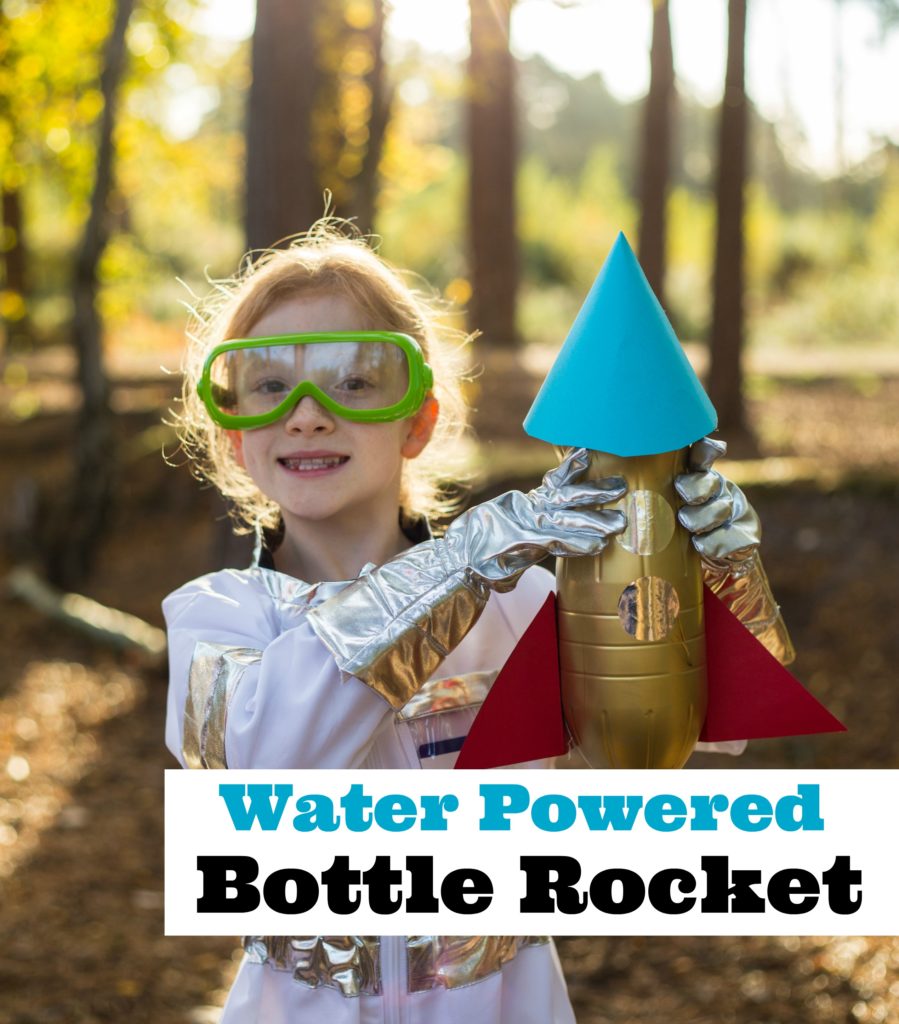
Make honeycomb, pancakes, meringue and more in this collection of tasty kitchen science experiments and activities.
If it’s coming up to Valentine’s Day we’ve got lots of easy Valentine science experiments and activities too.
We’ve got collections of science experiments and investigations whatever the time of year:
Make a snow volcano, frost on a can and lots more cool winter science experiments .
Make a multicoloured cress caterpillar, colourful flowers and lots more spring science experiments for kid s .
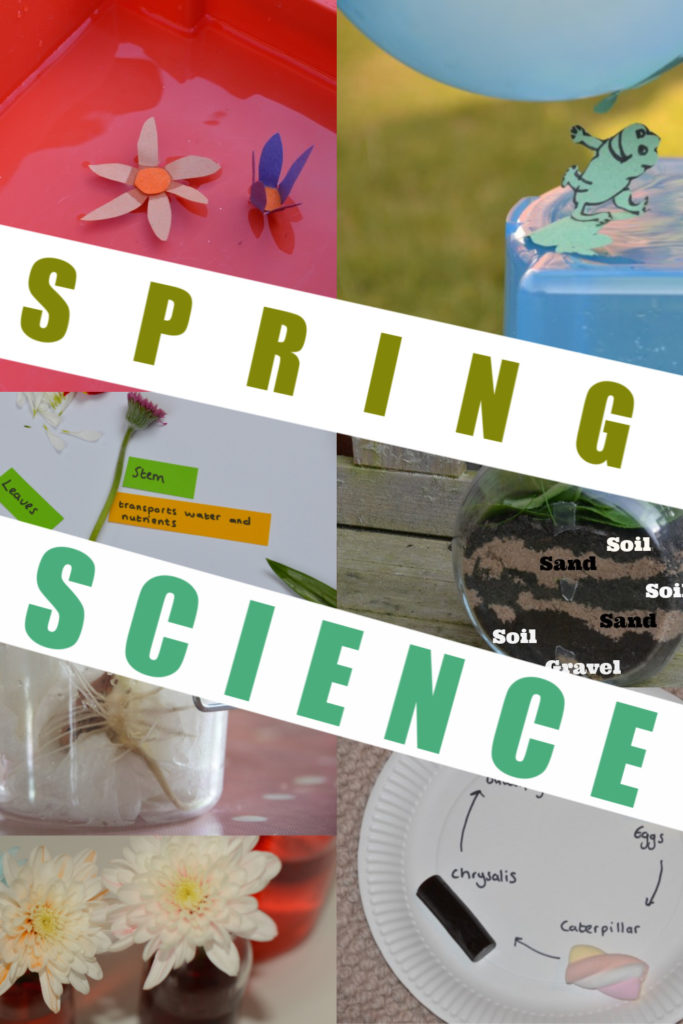
Stay busy all summer long with our huge collection of summer science experiments .
If autumn is more your season, we’ve got lots of fall related science activities too!
Contains Affiliate Links
Some of our favourite products
If you liked this post, we’d love you to follow us on Facebook where we post fun science ideas daily!
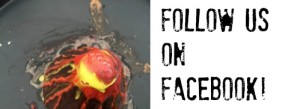
Last Updated on September 27, 2024 by Emma Vanstone
Safety Notice
Science Sparks ( Wild Sparks Enterprises Ltd ) are not liable for the actions of activity of any person who uses the information in this resource or in any of the suggested further resources. Science Sparks assume no liability with regard to injuries or damage to property that may occur as a result of using the information and carrying out the practical activities contained in this resource or in any of the suggested further resources.
These activities are designed to be carried out by children working with a parent, guardian or other appropriate adult. The adult involved is fully responsible for ensuring that the activities are carried out safely.
Reader Interactions
February 14, 2014 at 9:45 am
Wow wow wow! So much to try …. good job it is half term!!
February 14, 2014 at 10:00 am
So many fabulous ideas, I think Syd would enjoy some of these at 2 and a half- and my older boy too- if this rain carries on we will be back for a look during half term next week!
February 14, 2014 at 10:33 am
This is a great list of activities for half term! We had traffic light jelly last night and the kids wanted to know how I got the colours to stick. I love their curiosity at this age.
February 14, 2014 at 2:26 pm
These are FANTASTIC and super fun activities!! Thank you.
February 14, 2014 at 5:54 pm
Bookmarking this for next week as I fear with this bad weather we might be house bound most of half term!
February 14, 2014 at 11:16 pm
Ohh nice Emma, I think my girls would enjoy these and they are nearly 7! Mich x
February 05, 2015 at 8:18 pm
So glad to come across this!! These activities will be a great addition to our family parties and get together this year! Thank you!
September 05, 2018 at 1:25 pm
Wonderful post! We will be linking to this particularly great content on our site. Keep up the great writing.
February 27, 2019 at 9:07 am
Wow! What a brilliant idea! Really smart & great. Appreciate your thoughts. Thanks a lot for sharing this wonderful experience with us.
May 13, 2019 at 3:38 am
These are great activities for my kids. Perfect for family bonding time.
Leave a Reply Cancel reply
Your email address will not be published. Required fields are marked *

IMAGES
COMMENTS
My elder one is in that age range 5+ yrs and hence we have started learning science in a fun way with DIY experiments at home. ... Buggy and Buddy has presented this great craft idea in science allowing your 5 - 6-year-old to make chromatography butterflies getting separated with markers. Even more, is available on chromatography. ...
Fun Science Experiments Using Household Staples 11. Marshmallow catapult. Build a marshmallow catapult out of a plastic spoon, rubber bands, and Popsicle sticks.. 12. Make a parachute for toys. Use a plastic bag and cup to build a parachute for a light toy.. 13. Dye flowers with food coloring
If you're looking for at-home science experiments to do with the kids, look no further. Here are 32 home science experiments that are simple, fun, AND educational! ... Not just any old kitchen science experiment will do - you want something cooler than vinegar + bicarb soda! ... With 20 years of experience in chemistry education and research ...
Dive into 100 easy science experiments for kids to do at home, featuring activities like Traveling Rainbows, making slime, exploring colors with baking soda and vinegar, and revealing secret messages with invisible ink. Perfect for curious minds eager to learn through fun, hands-on science.
There are plenty of bridge-building experiments out there, but this one is unique. It's inspired by Leonardo da Vinci's 500-year-old self-supporting wooden bridge. Learn how to build it at the link, and expand your learning by exploring more about Da Vinci himself. Learn more: Da Vinci Bridge
Below, you'll find 20 fun, 5 minute science experiments ideal for grades K-5. They're simple enough for younger kids but can be adapted for older kids, making them great for mixed-age groups. Plus, I've added tips to make science with kids even easier! These might seem like magic tricks, but plenty of fantastic science is involved.
Creative activities like science experiments are brilliant learning opportunities for young children to help them learn about the world around them. These visual and tactile tasks are the perfect way to help children better understand how processes in science work. Below are 10 simple science experiments for you and your 5-year-olds to try and ...
In Australia (where we live), 5-6 year old kids usually fall into the Prep, Kindergarten or Year One range. This is the age that my daughter Bumble Bee is at right now, and we've been doing lots of fun science experiments at home after school, on weekends or in the holidays. Here are some of the activities we've done so far, that we think ...
Science experiments you can do at home! Explore an ever growing list of hundreds of fun and easy science experiments. Have fun trying these experiments at home or use them for science fair project ideas. Explore experiments by category, newest experiments, most popular experiments, easy at home experiments, or simply scroll down this page for tons of awesome experiment ideas!
I've found my 5 year old to be incredibly curious at the moment, always asking questions and wanting to know how things work. Even something as simple as a rain gauge has been VERY exciting for her. With that in mind I've pulled together a list of great science experiments for kids of all ages! The age ranges mentioned in this post are just a guide, most science is fun for all ages if you ...